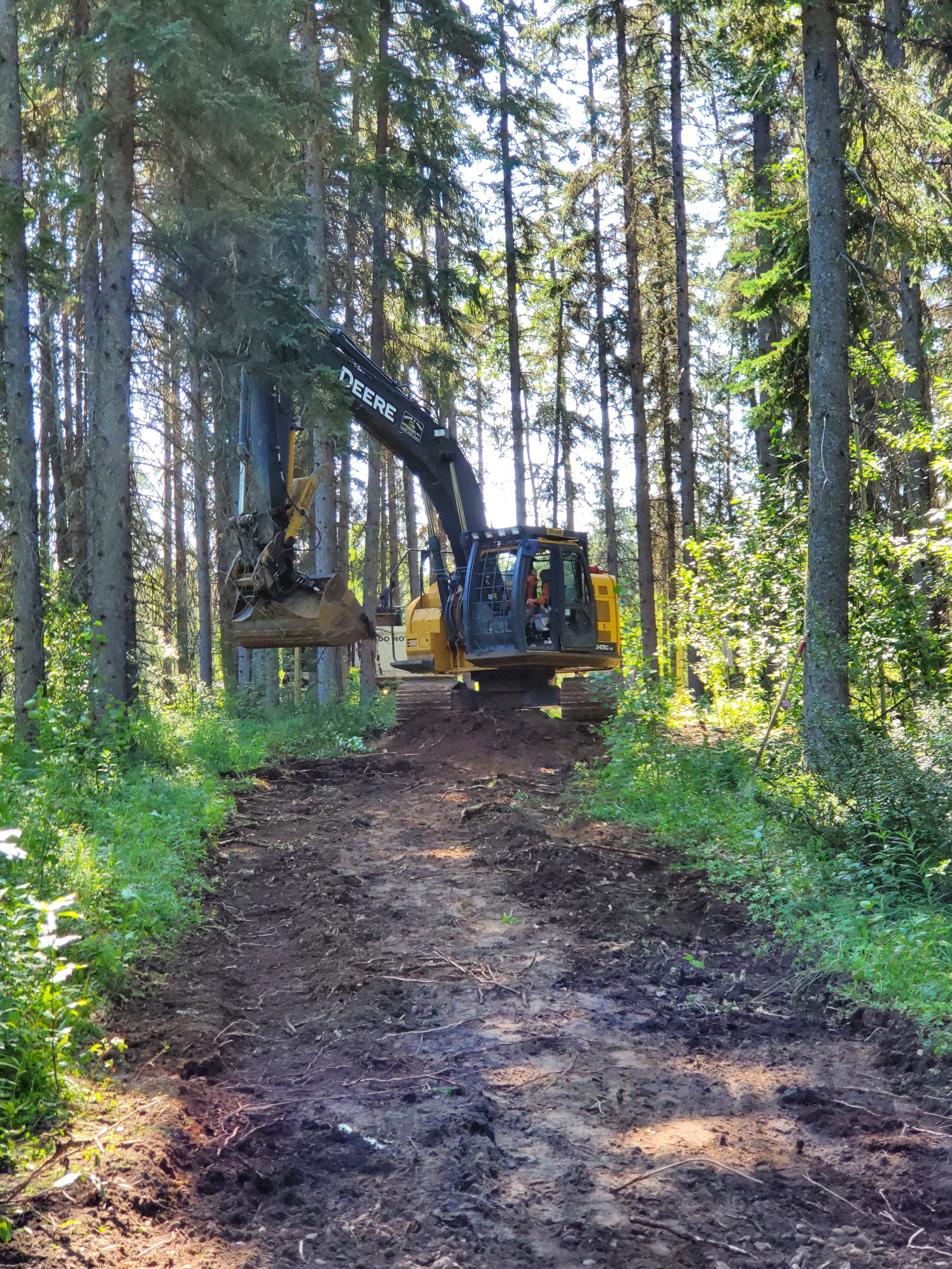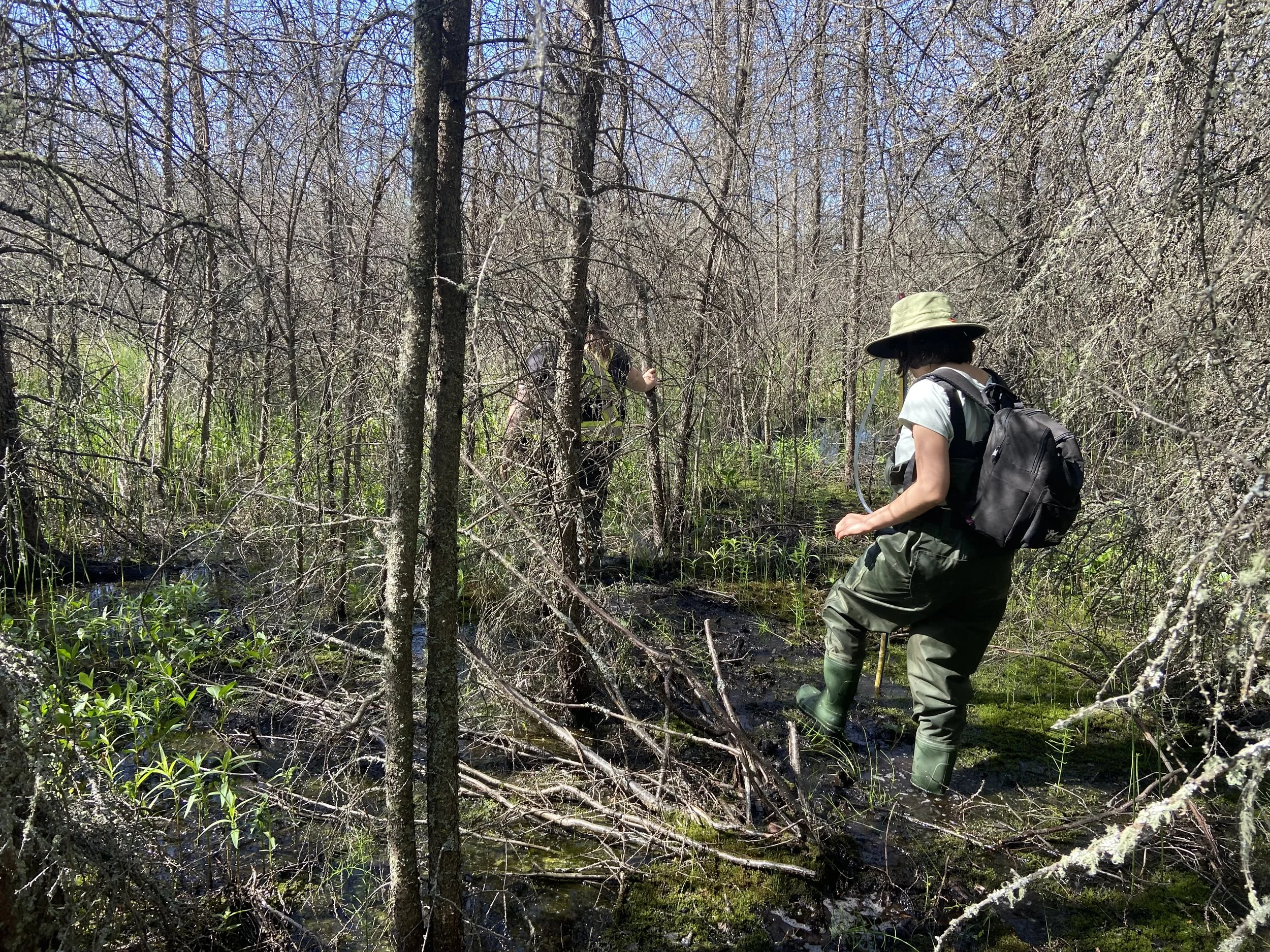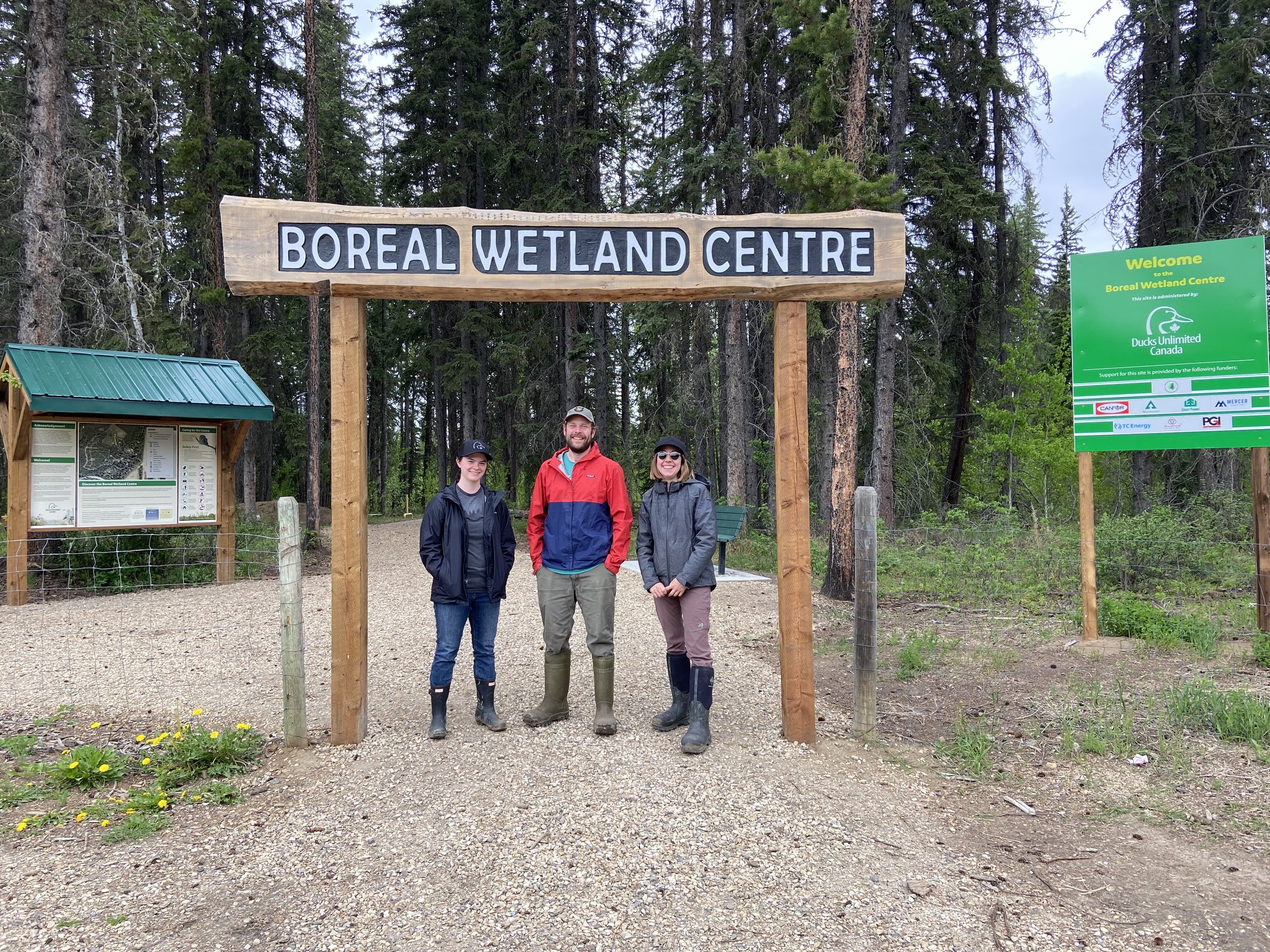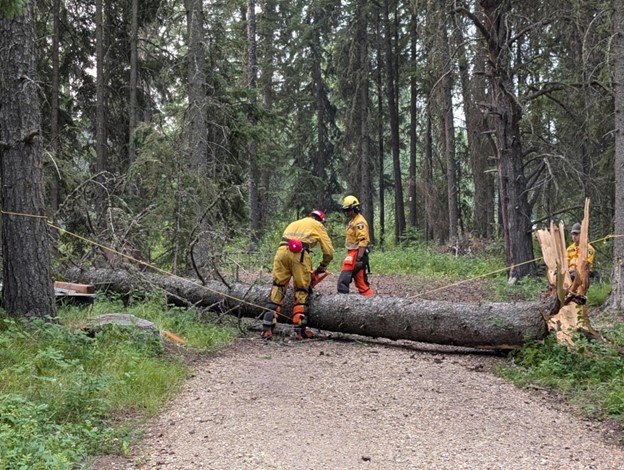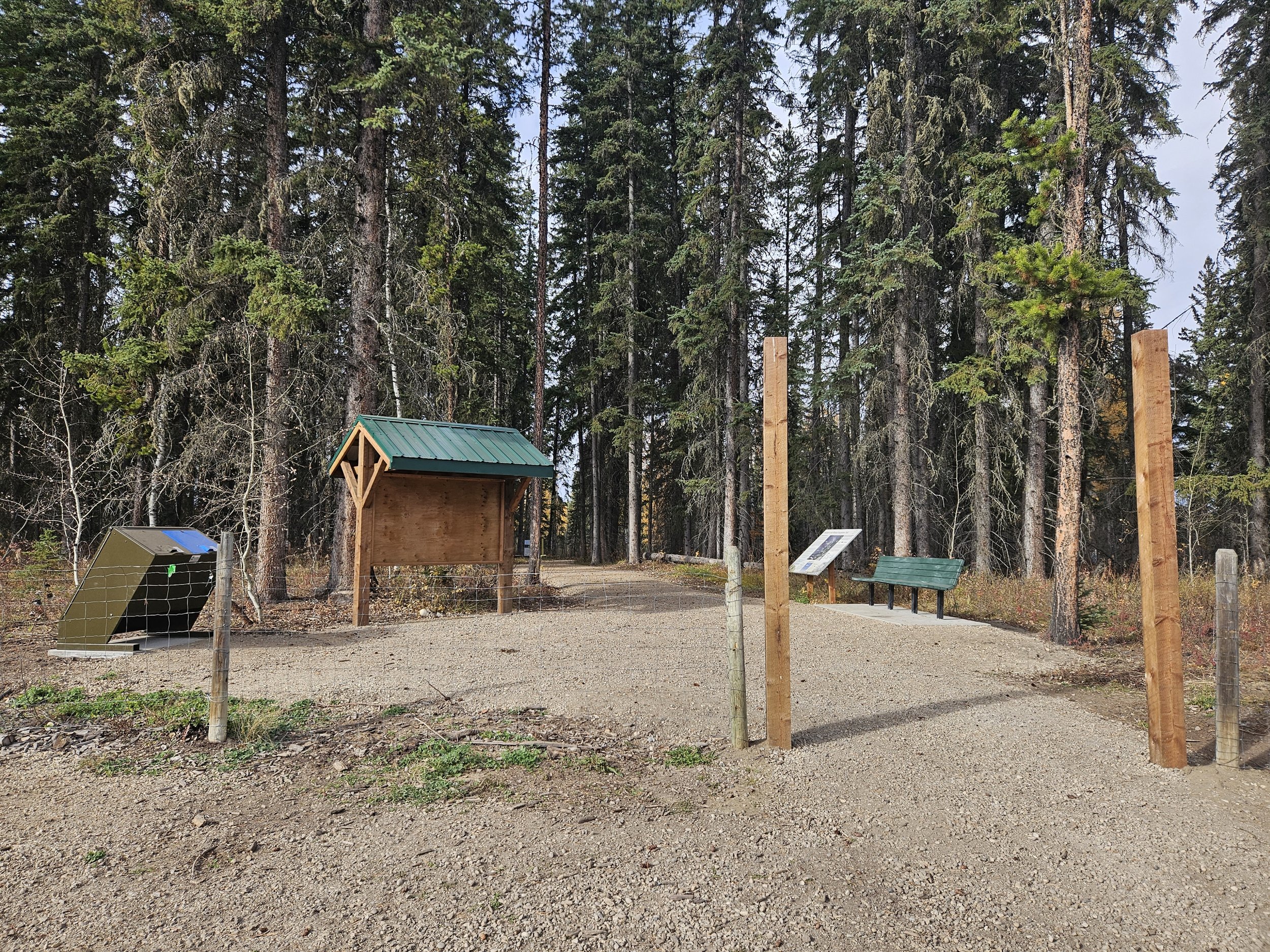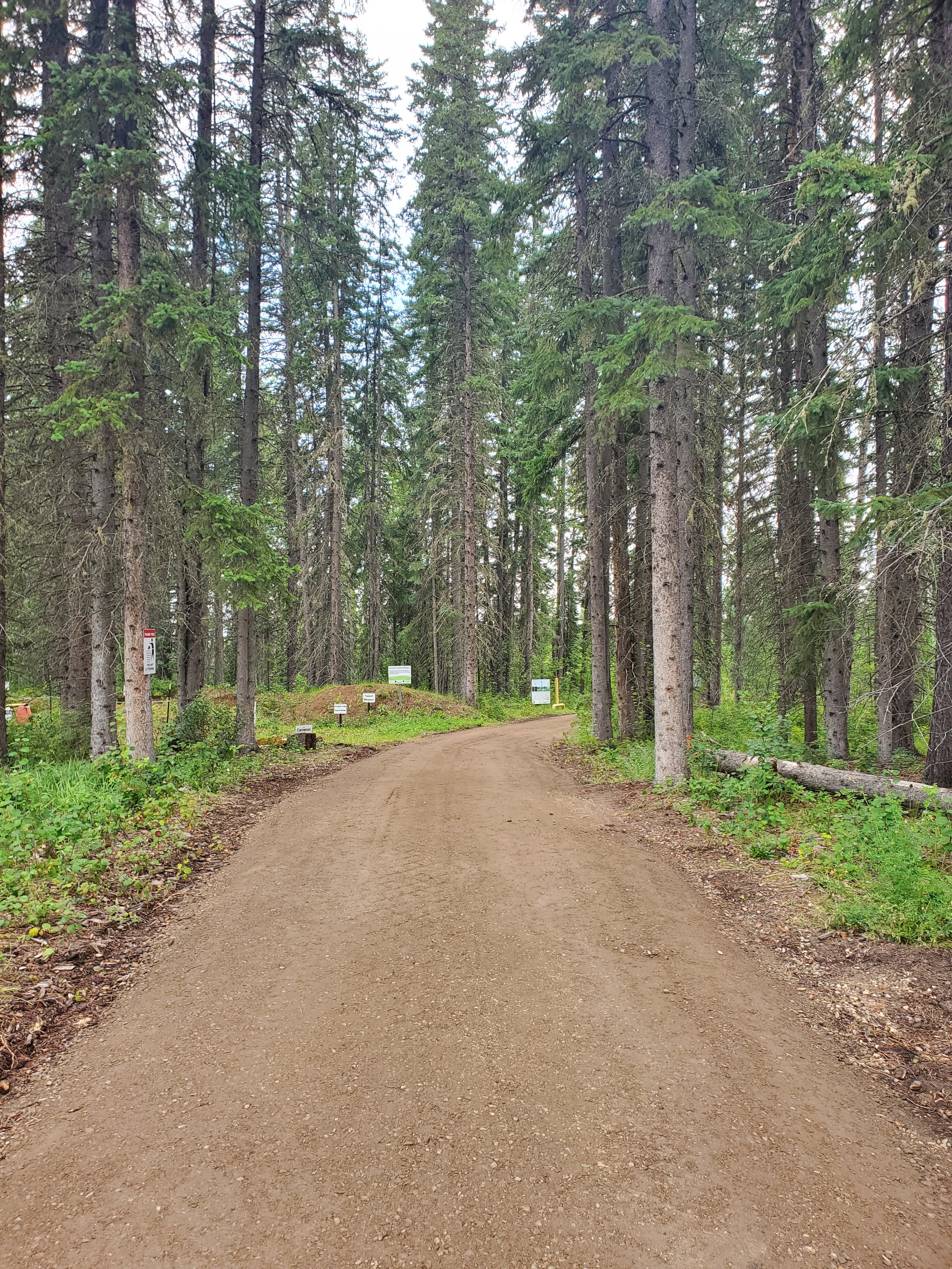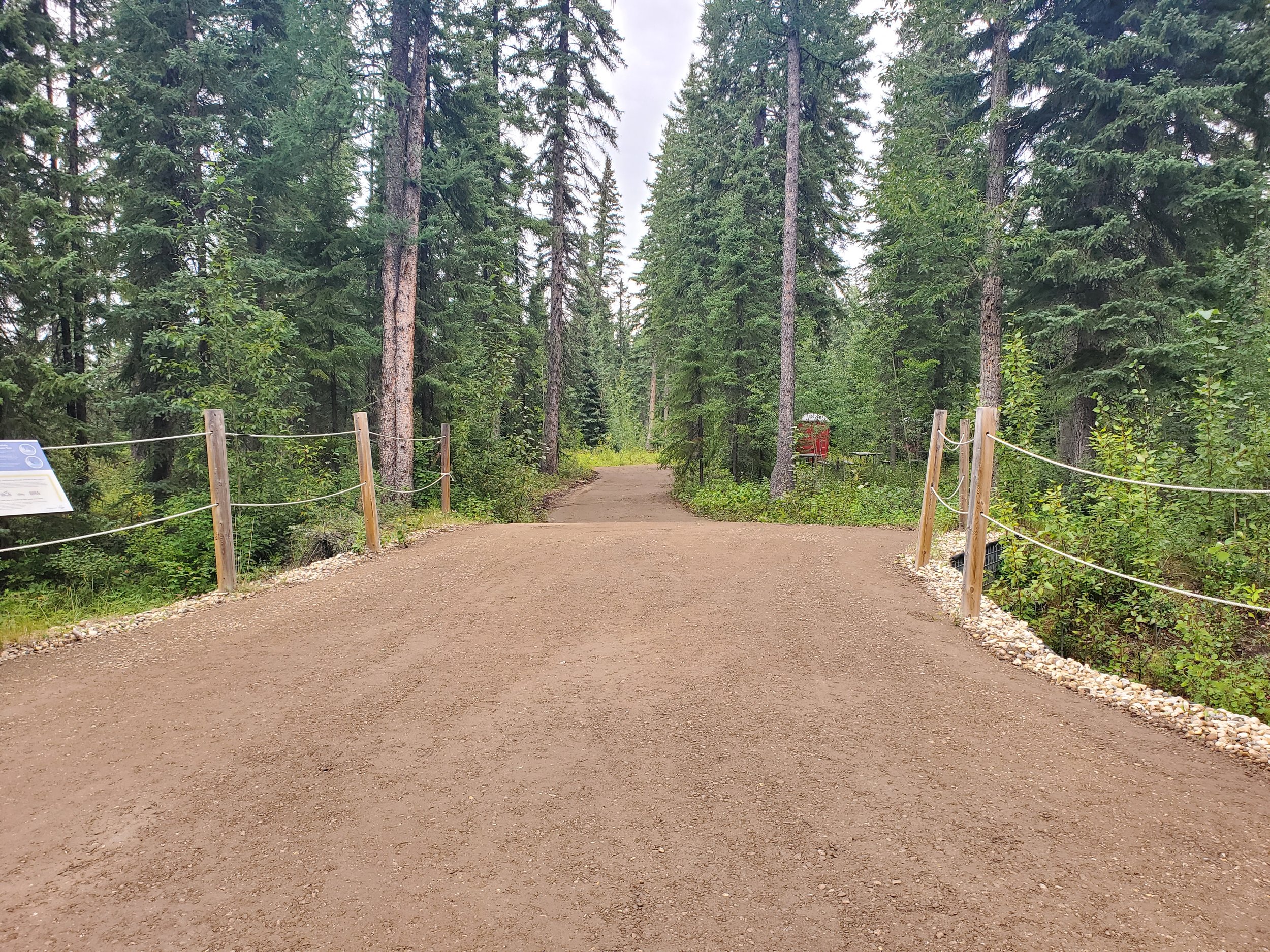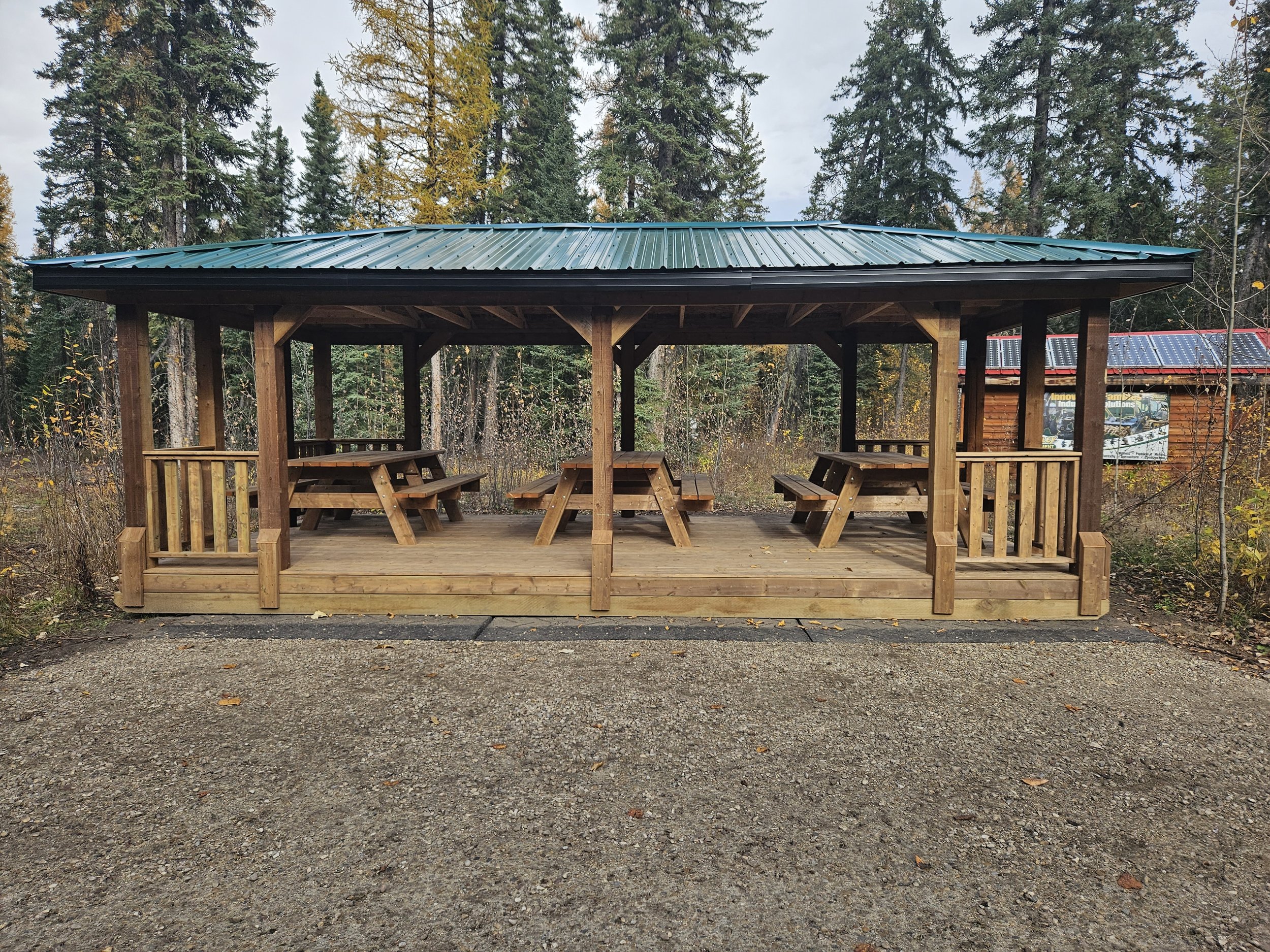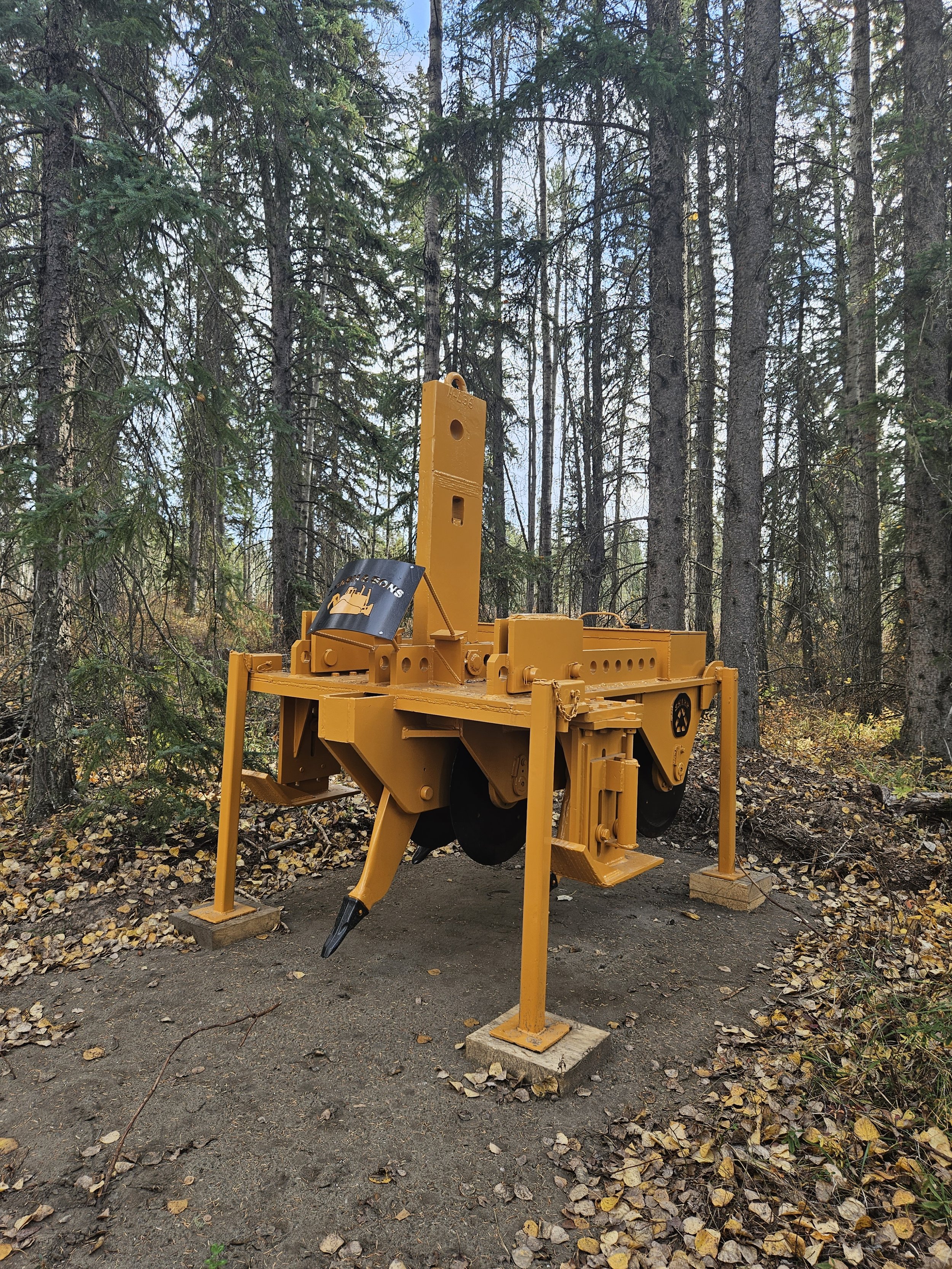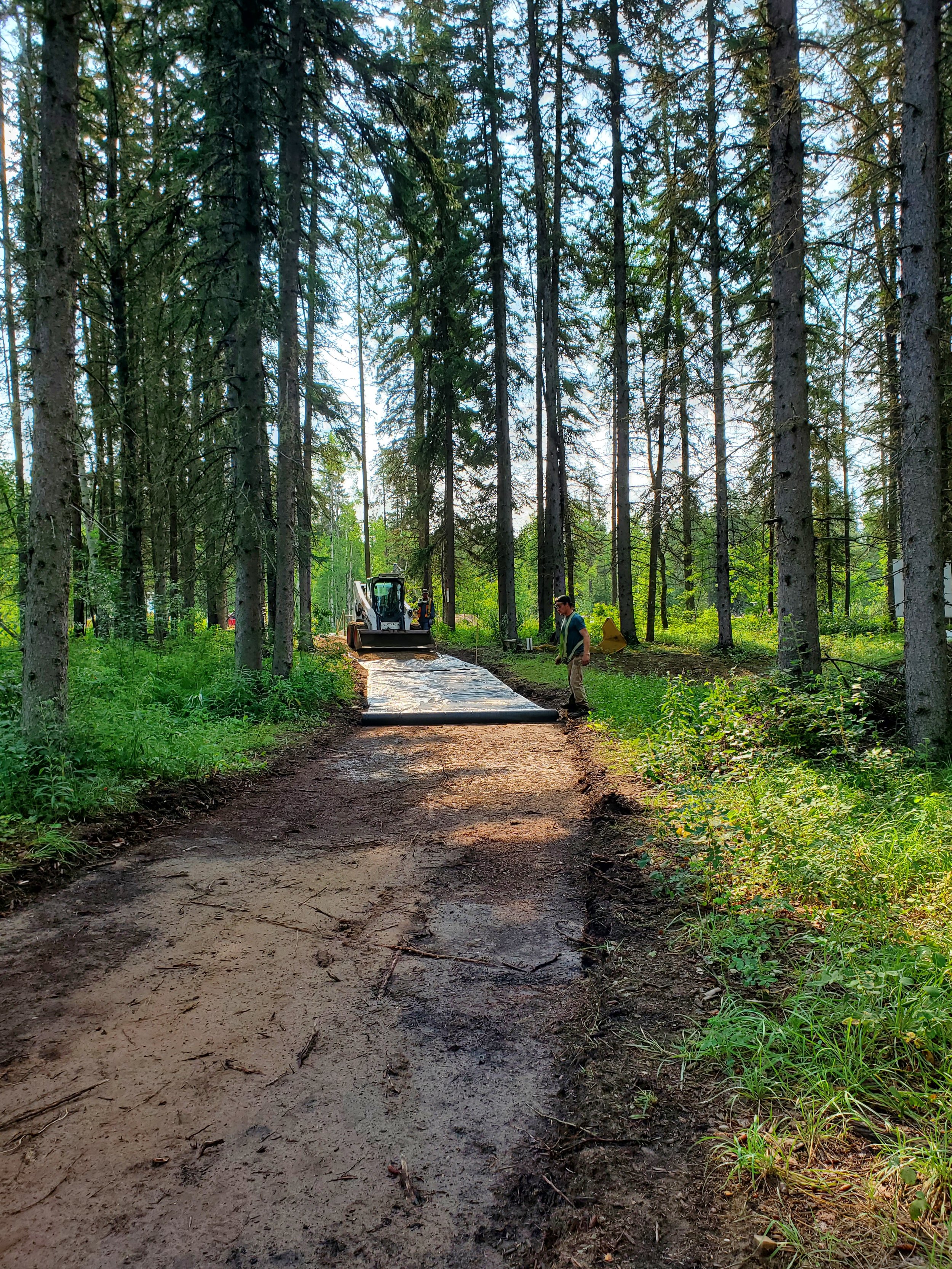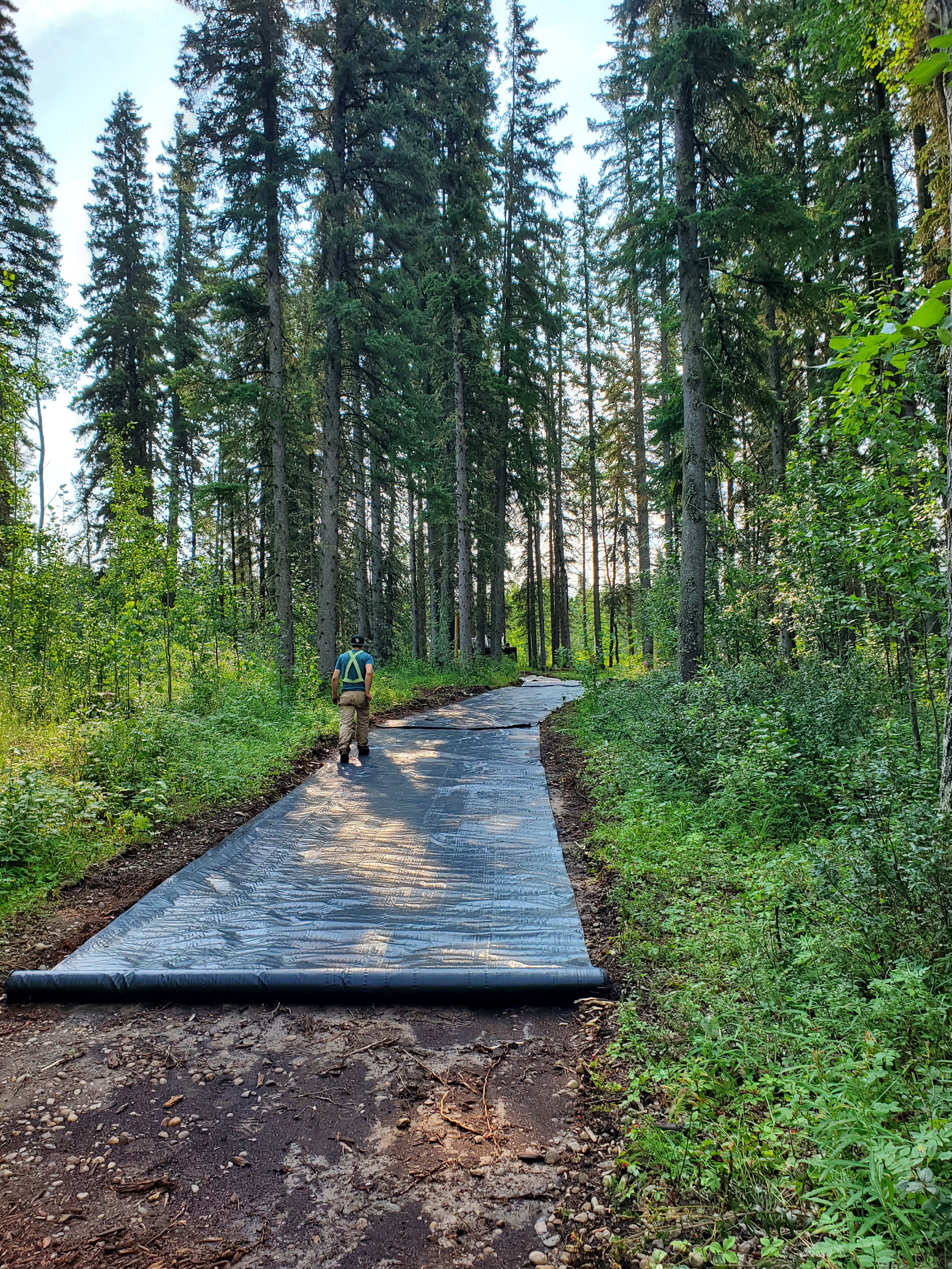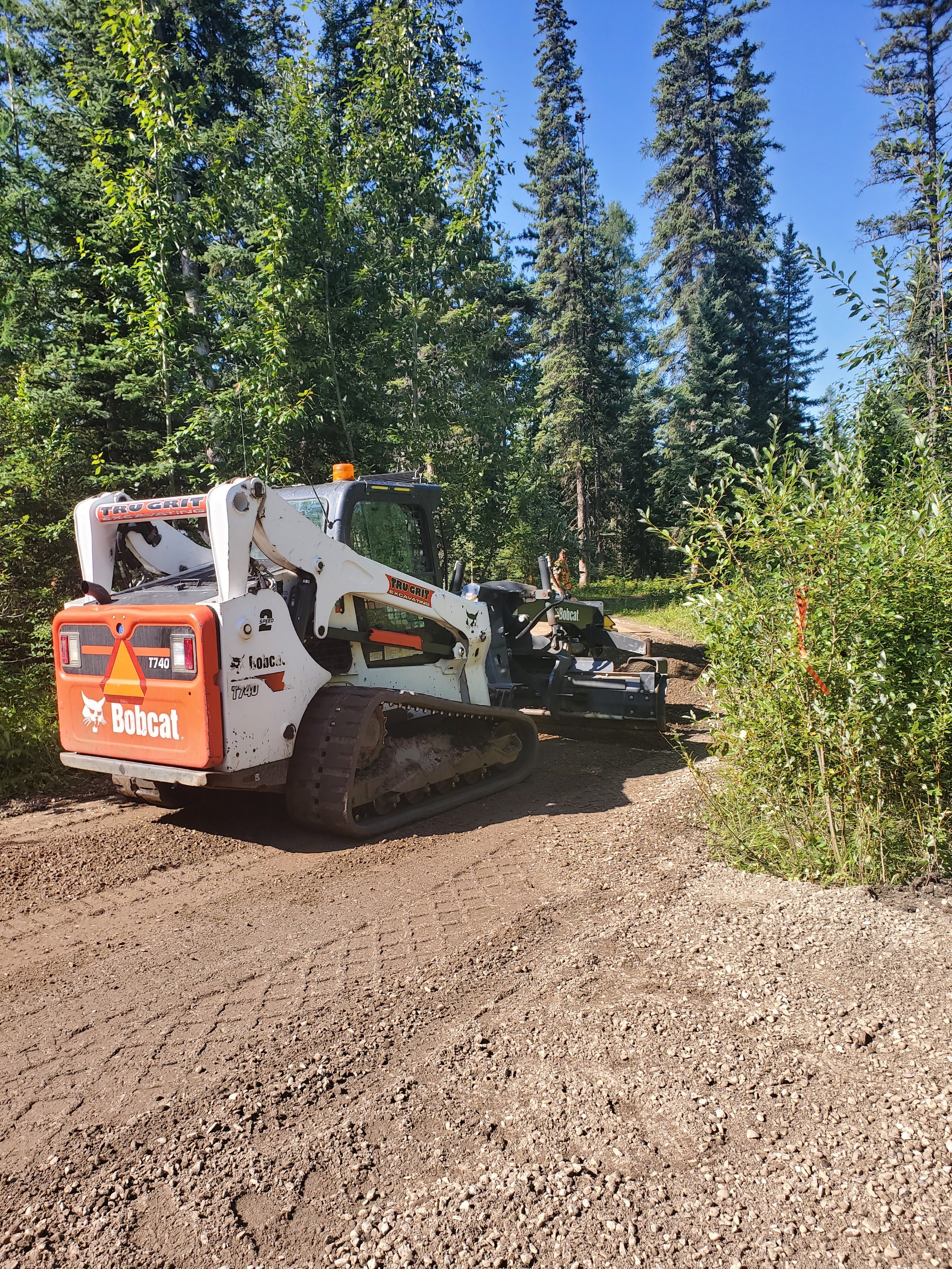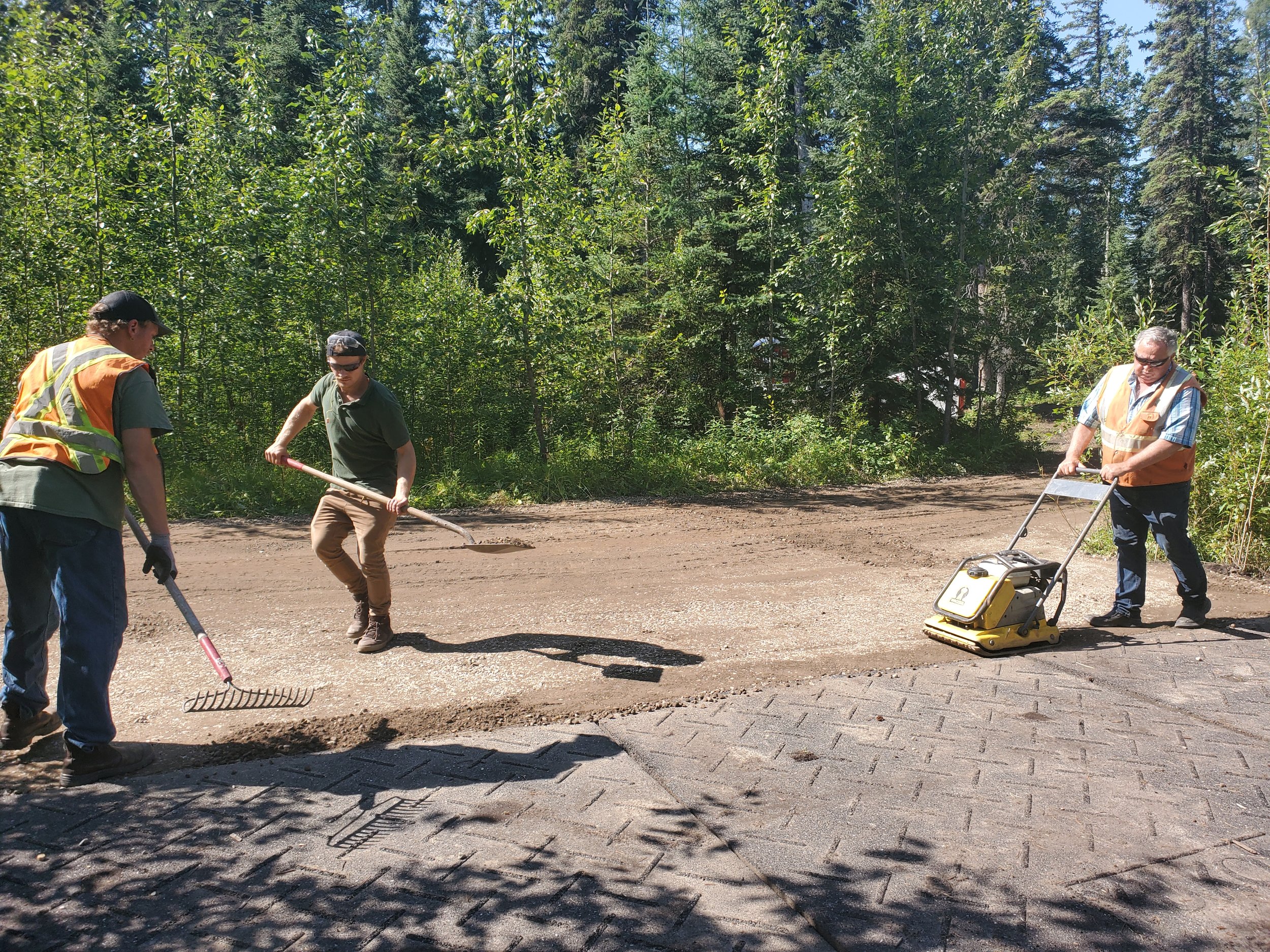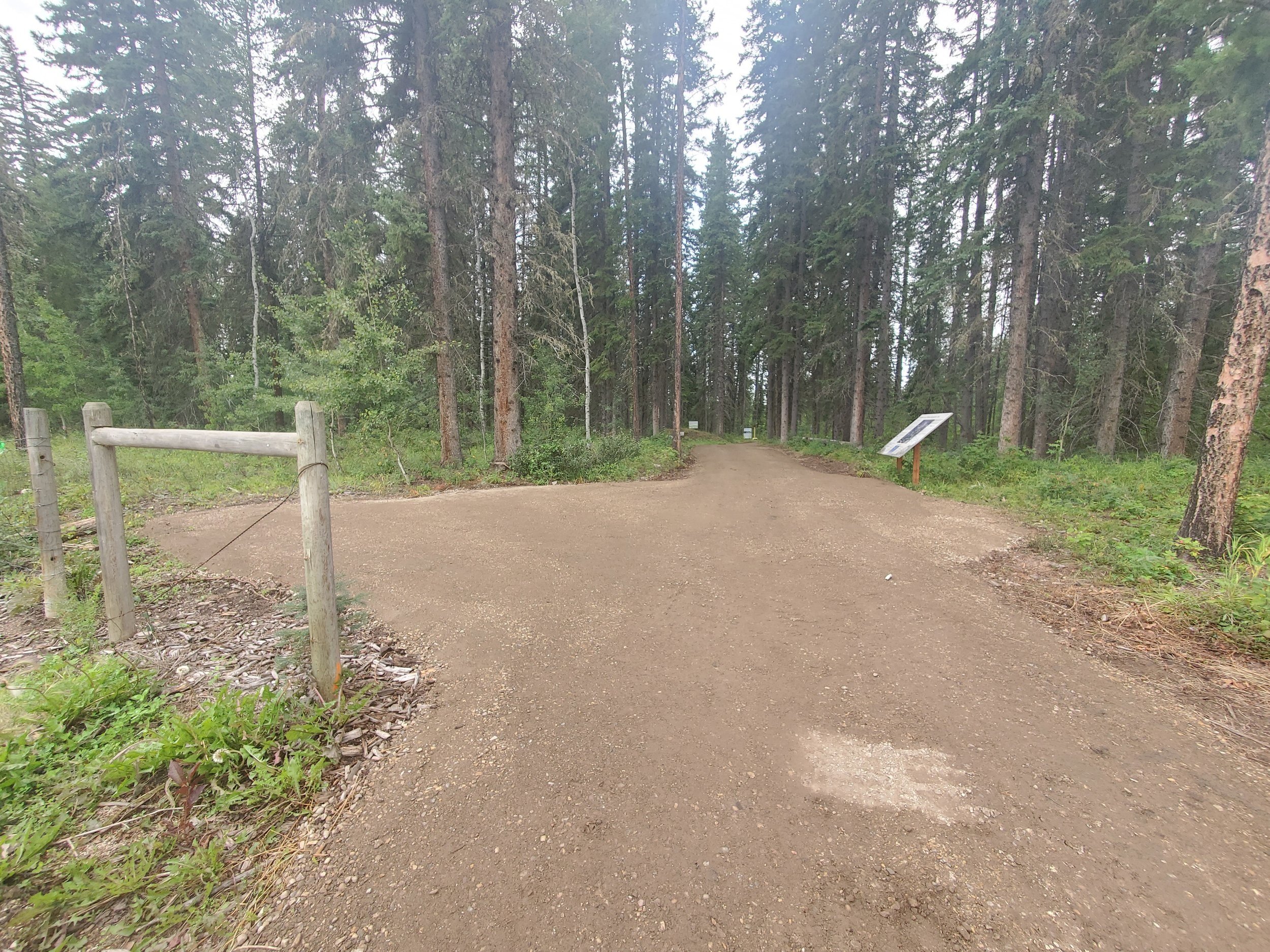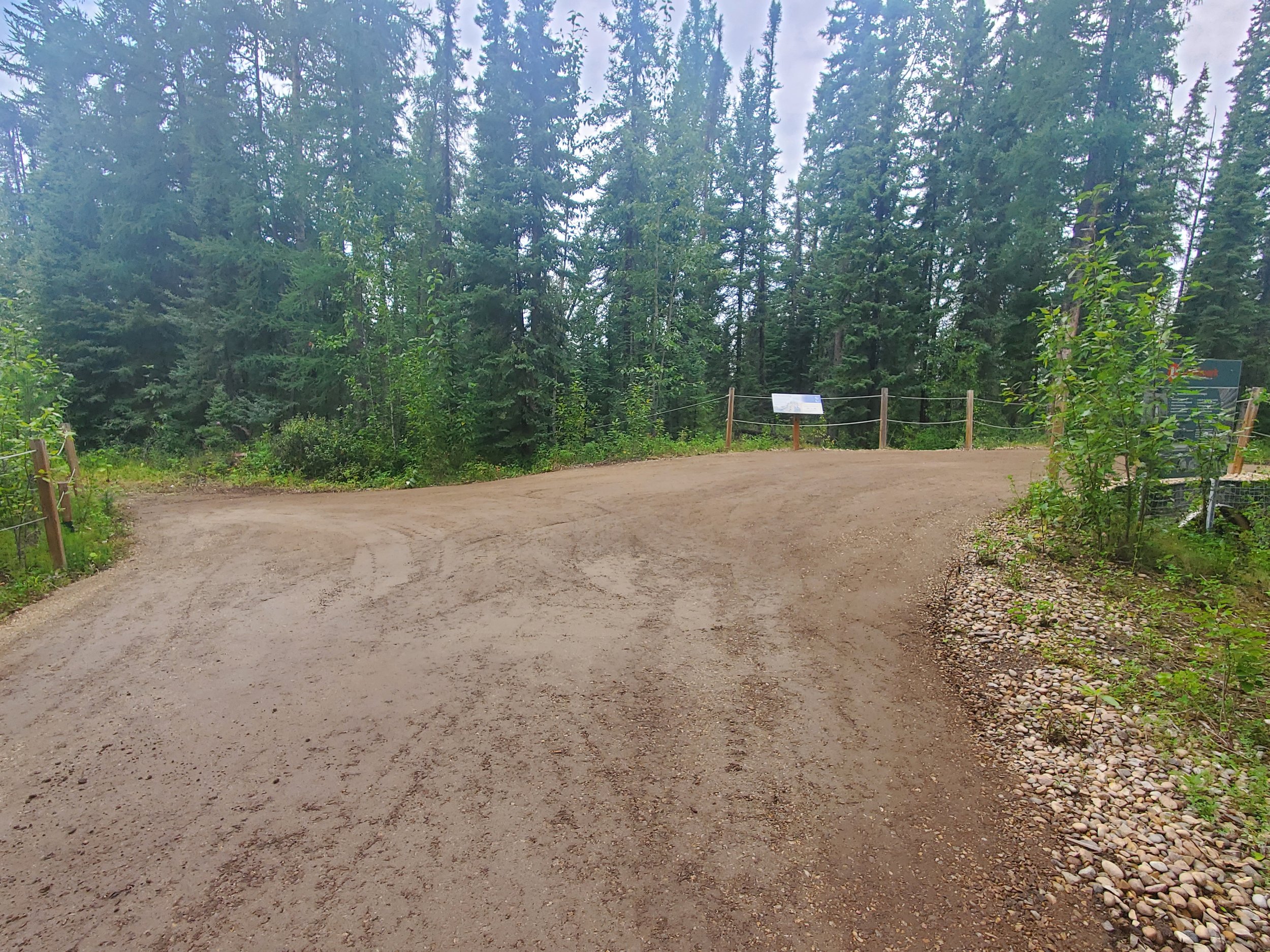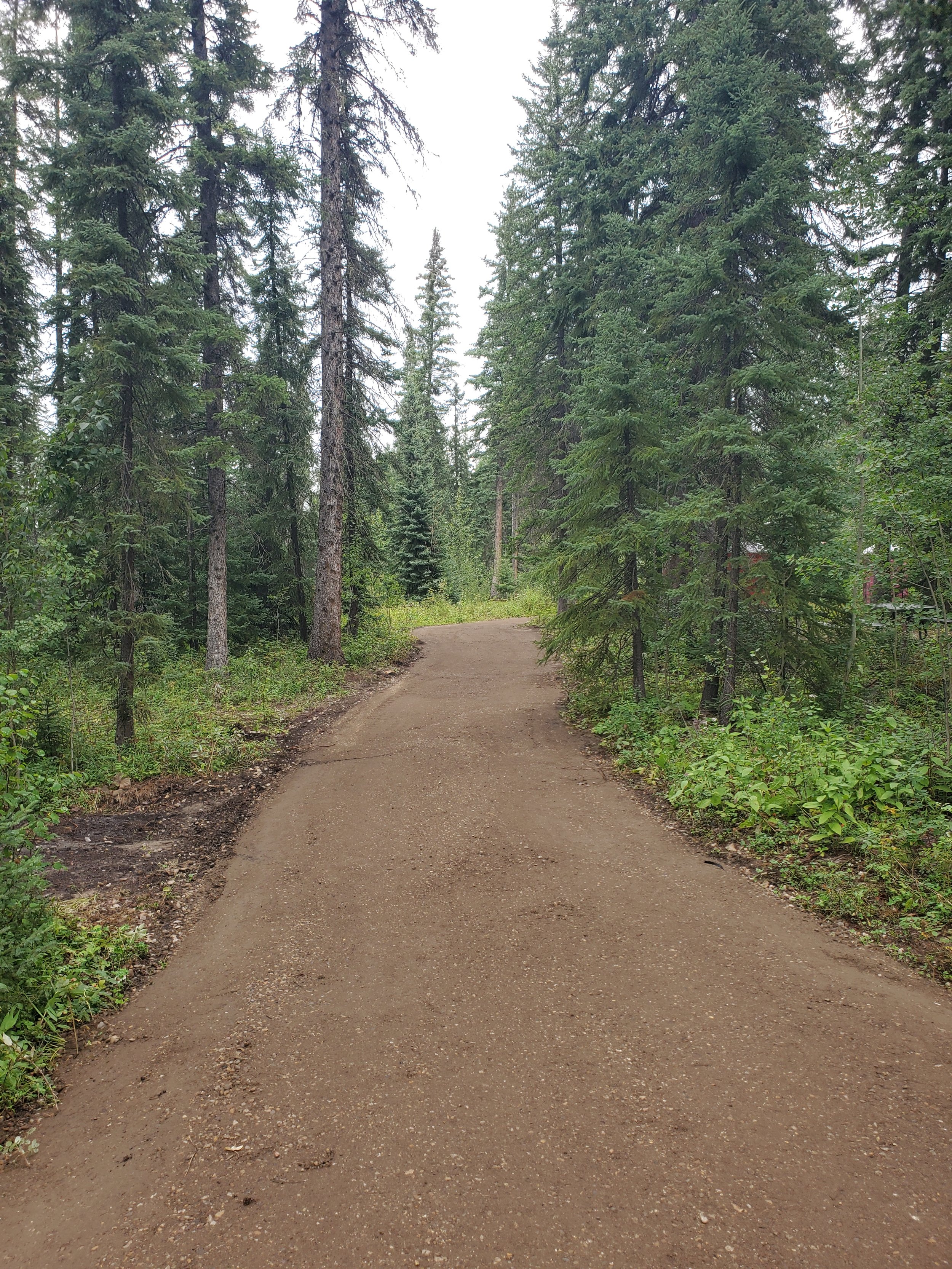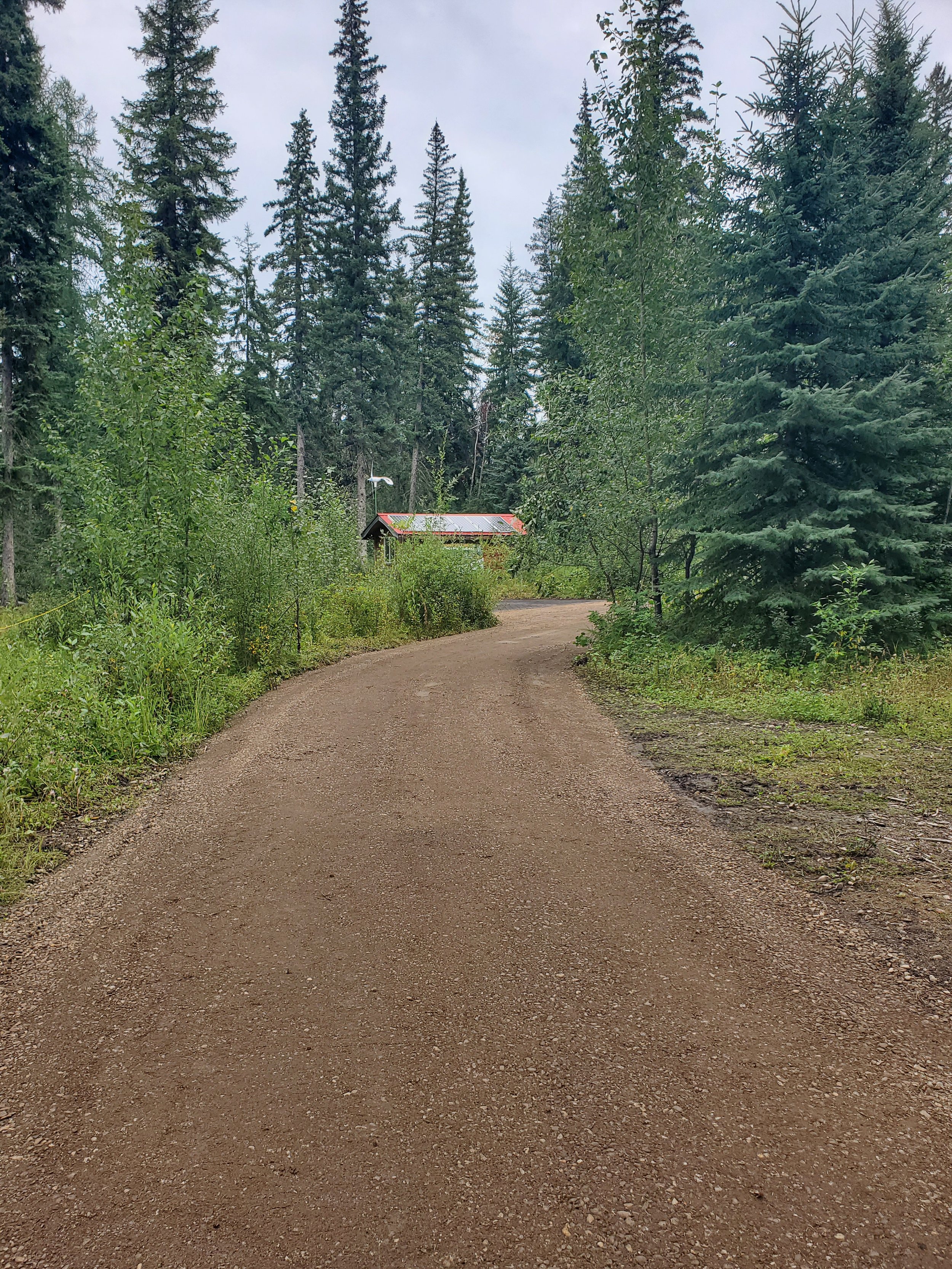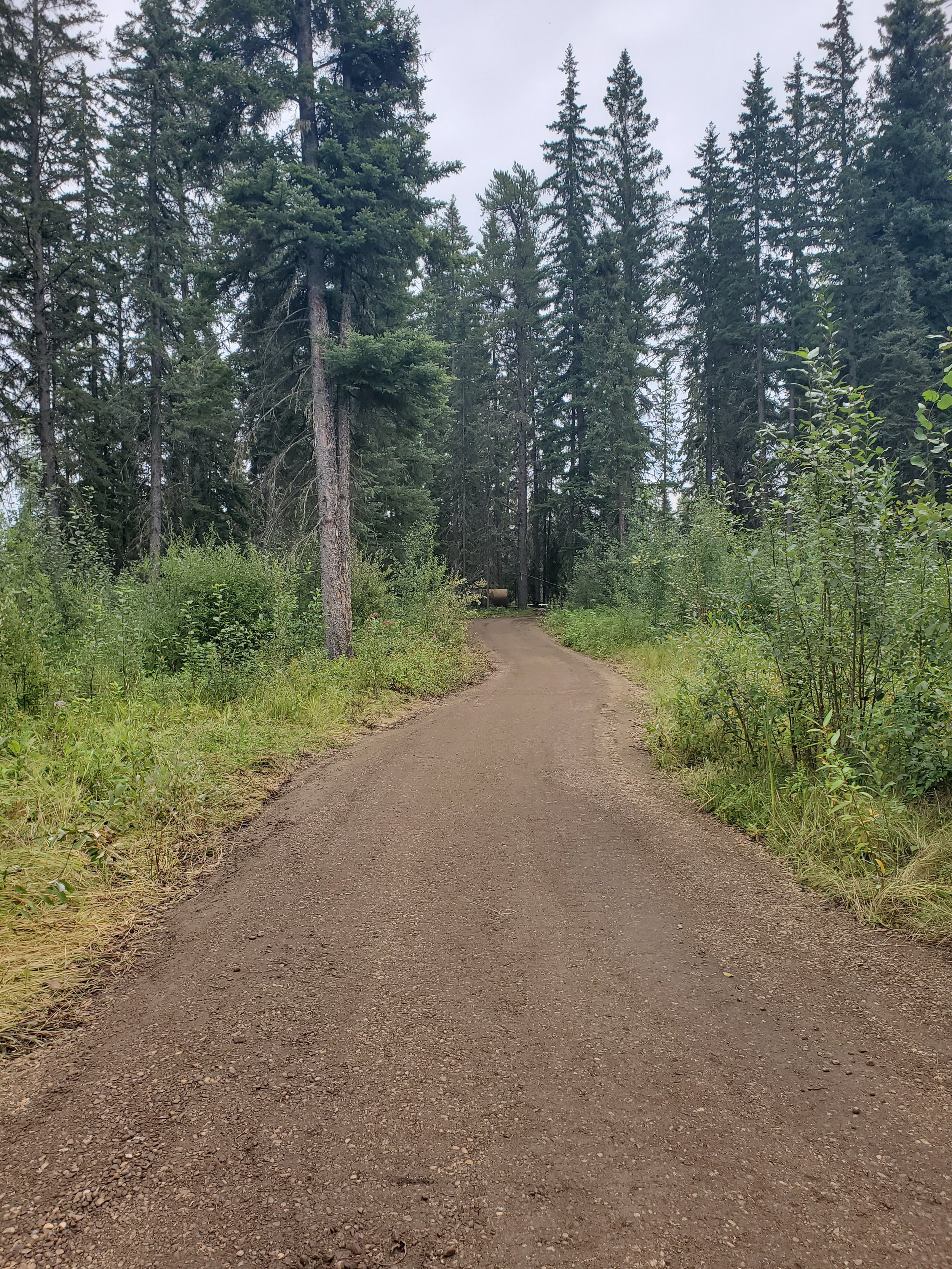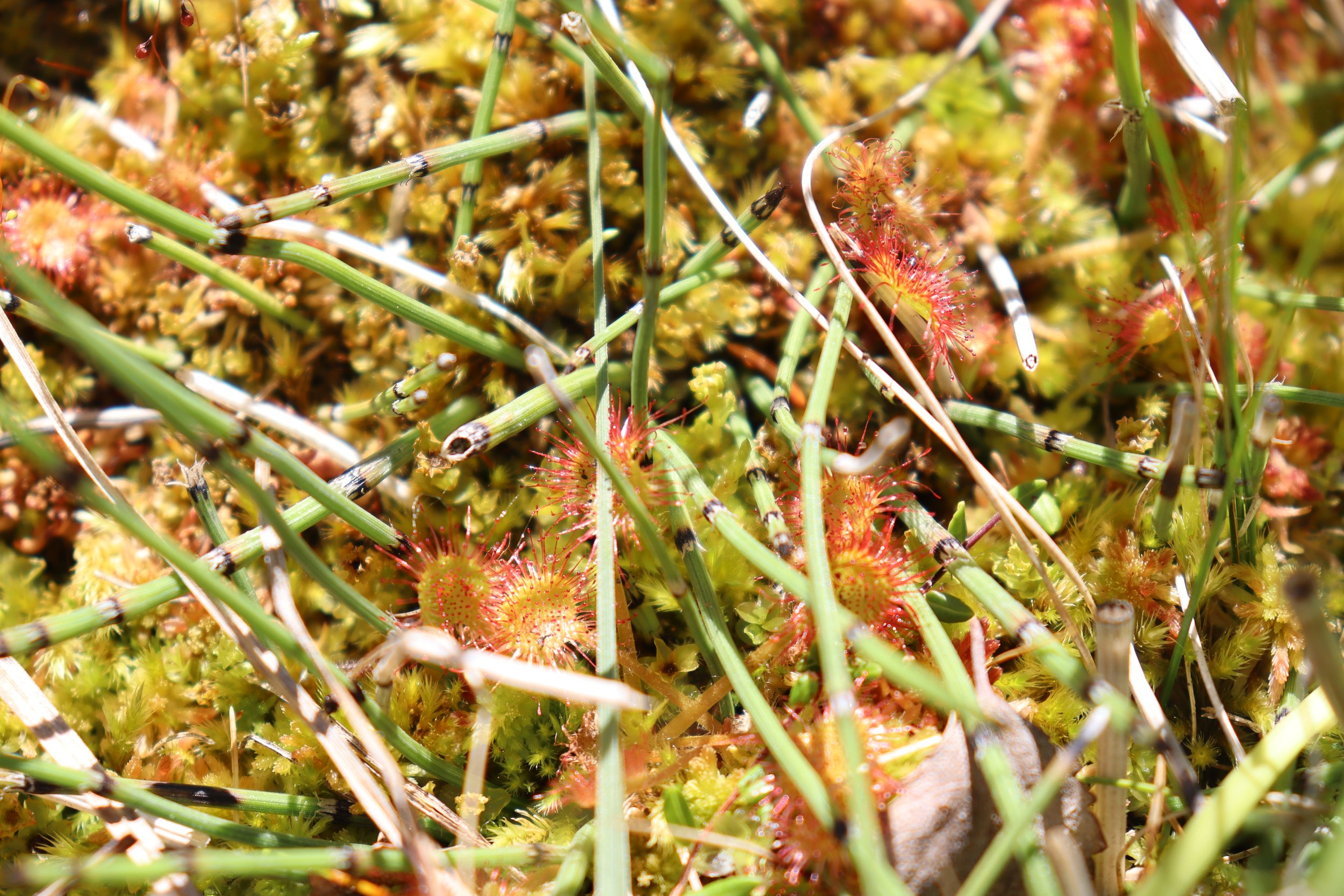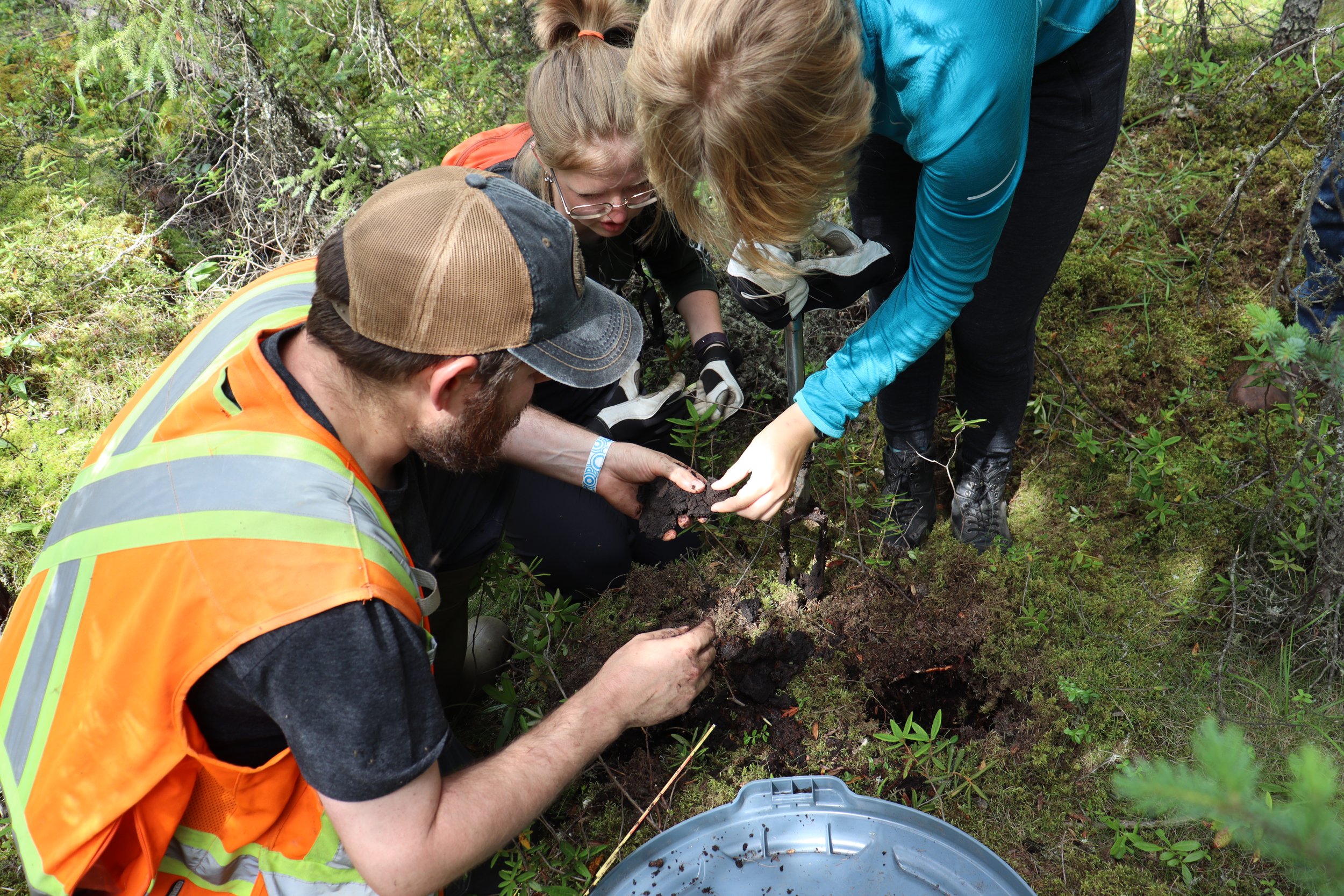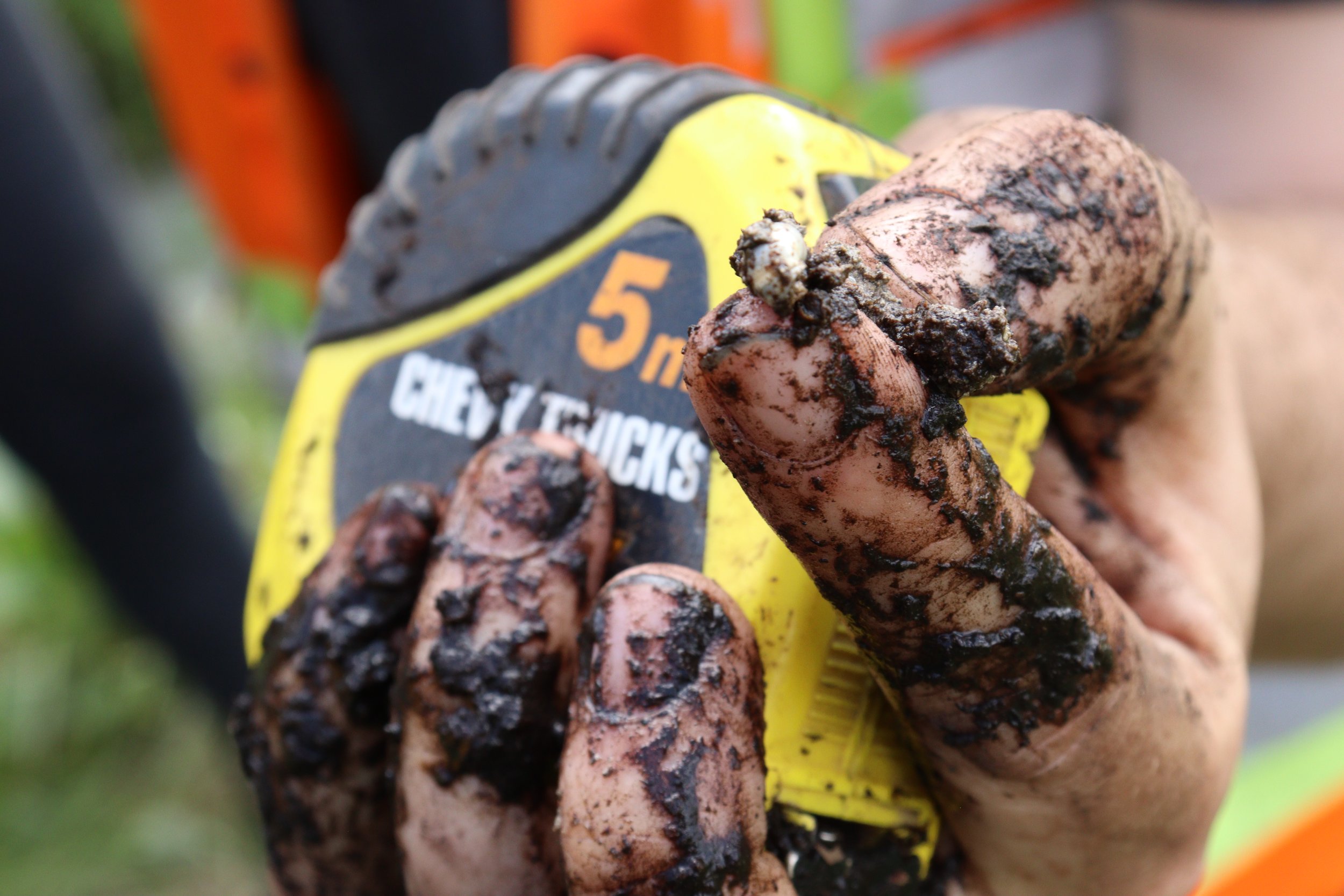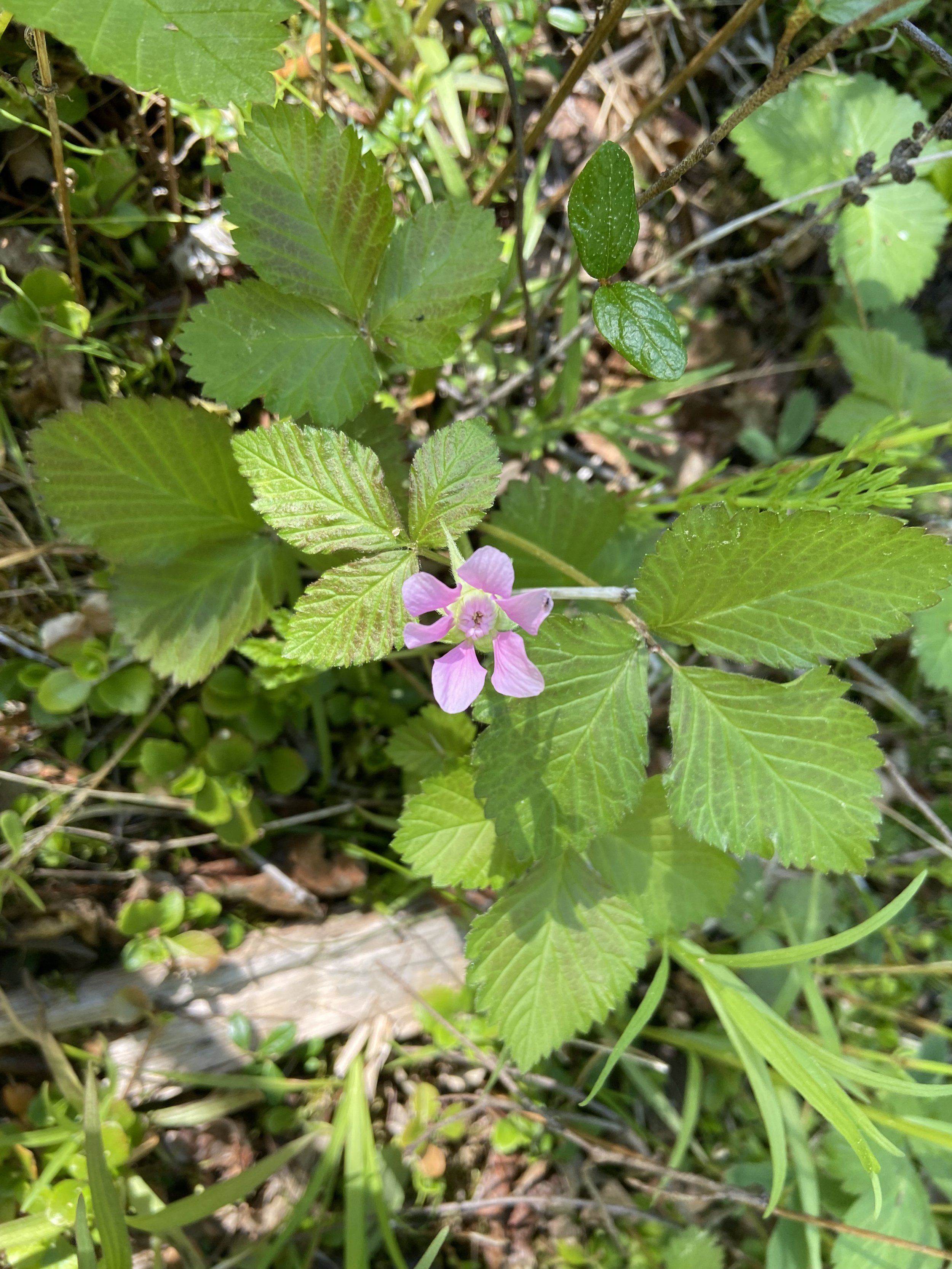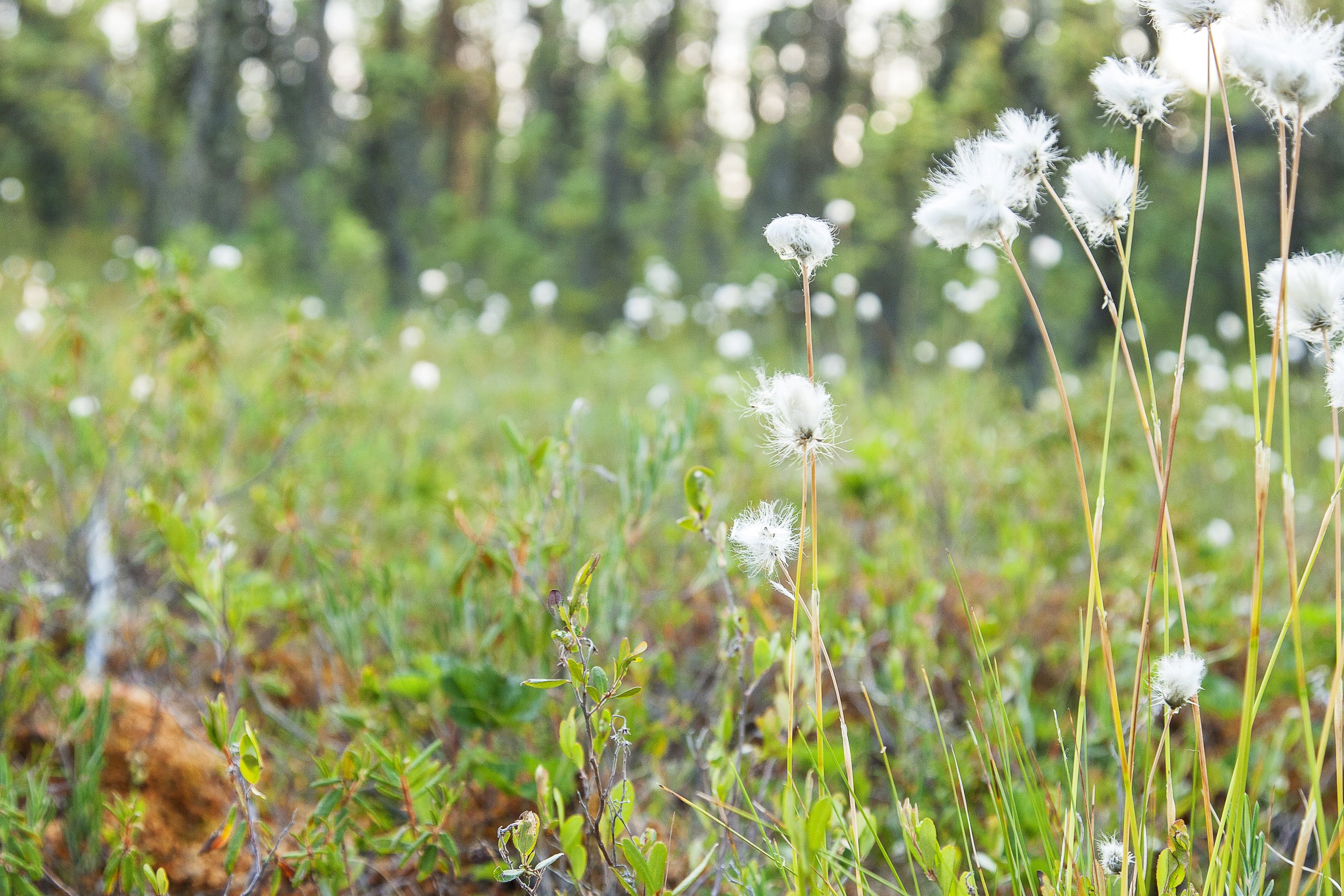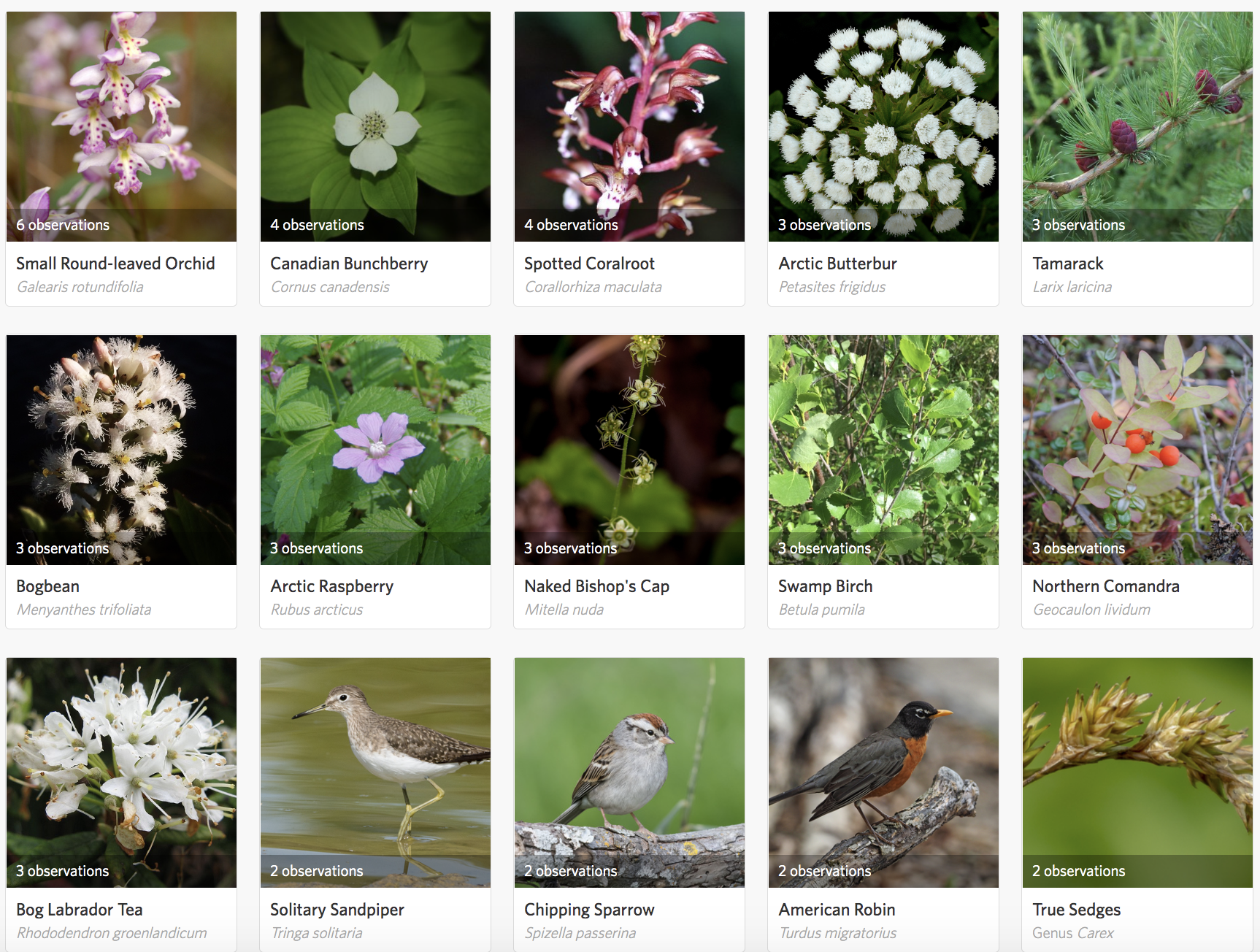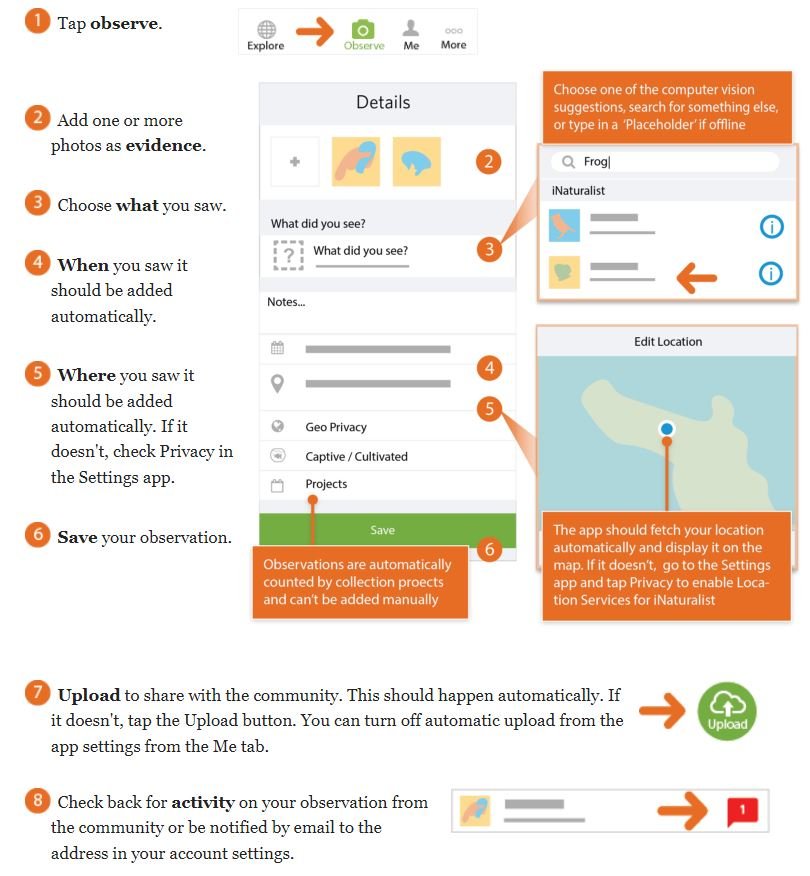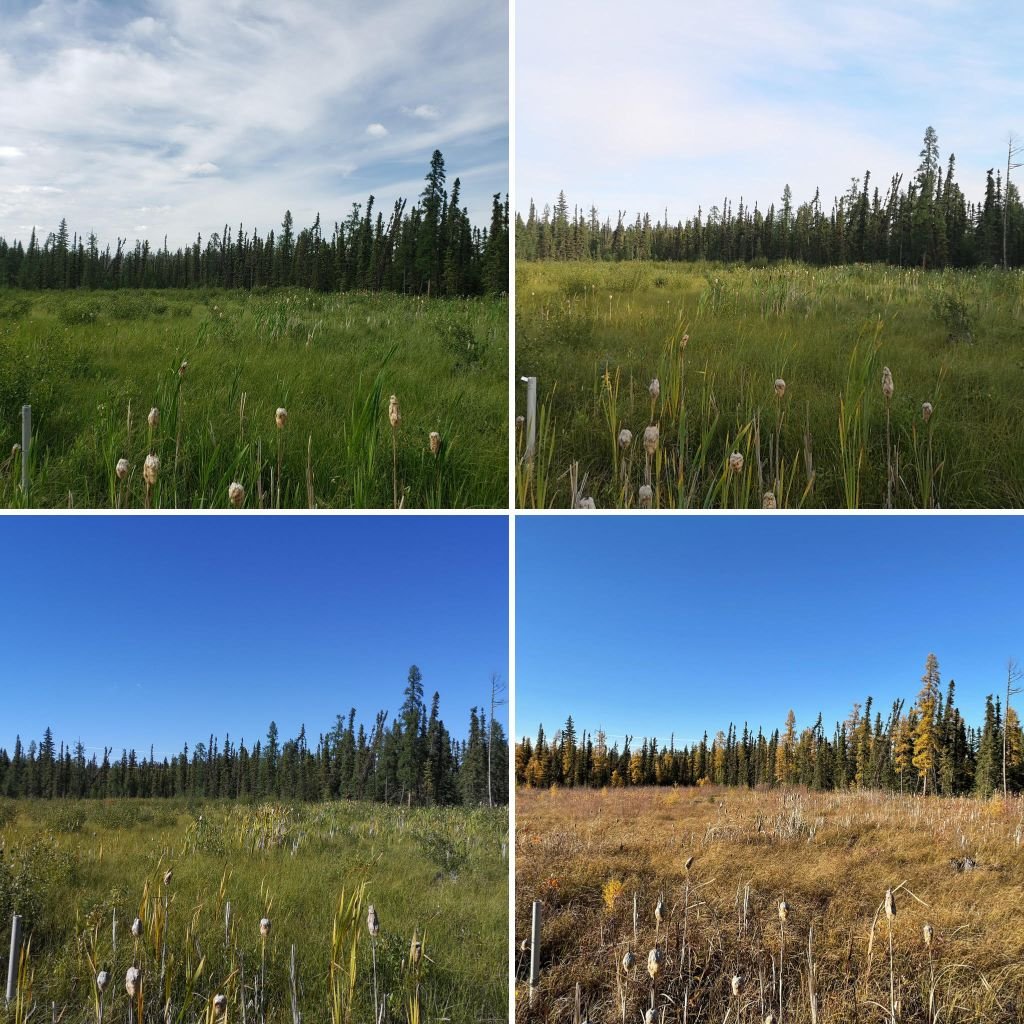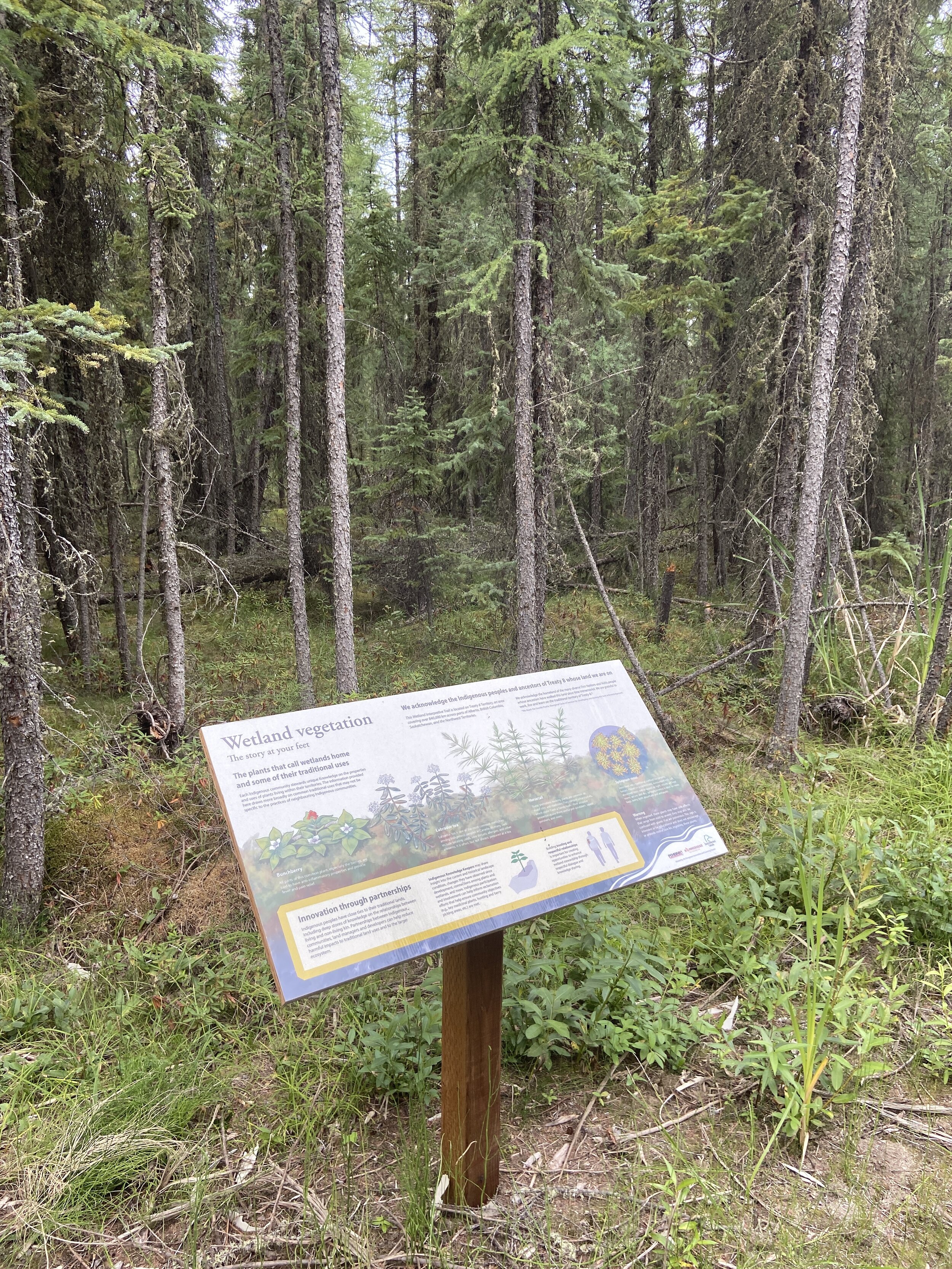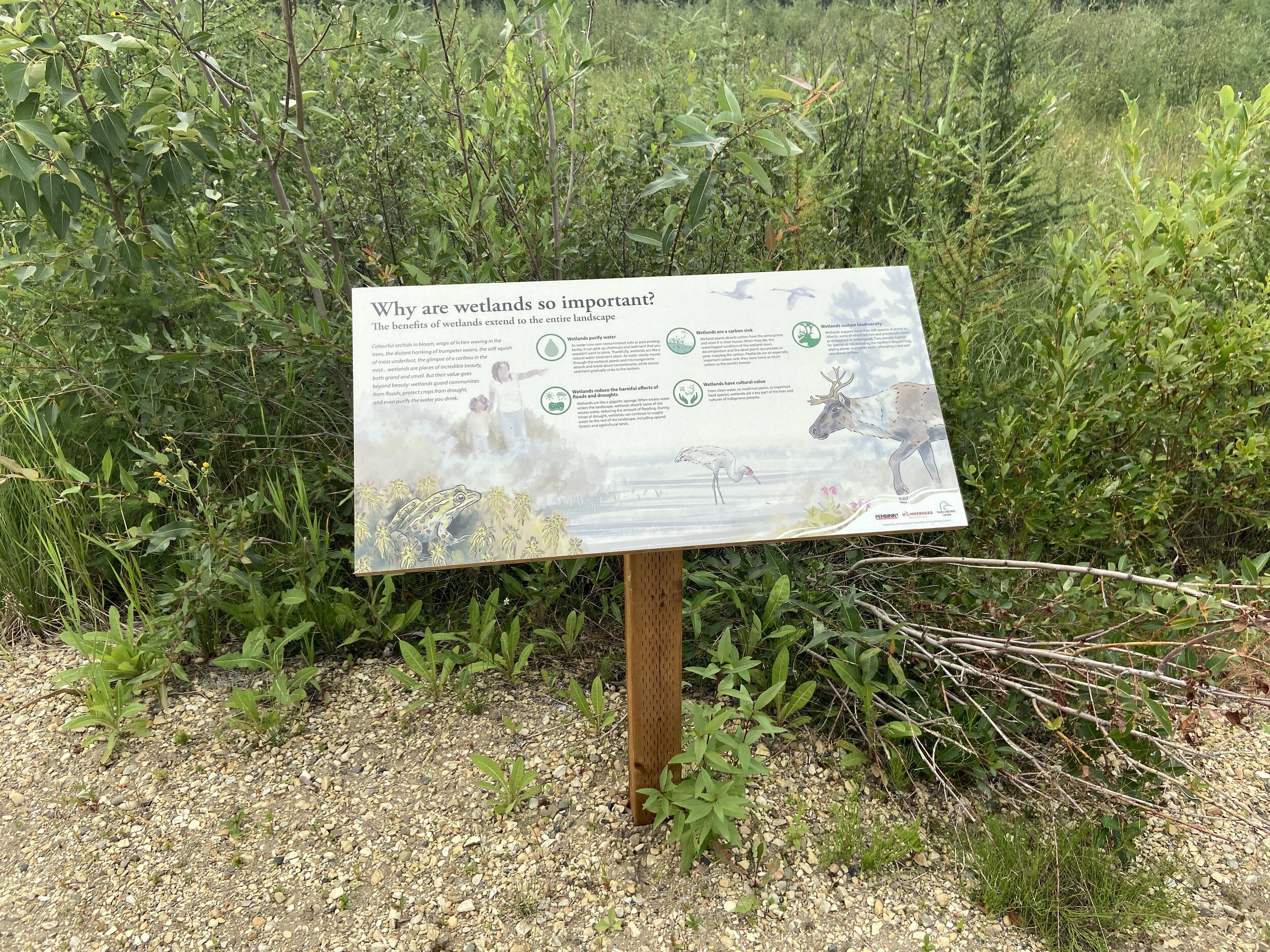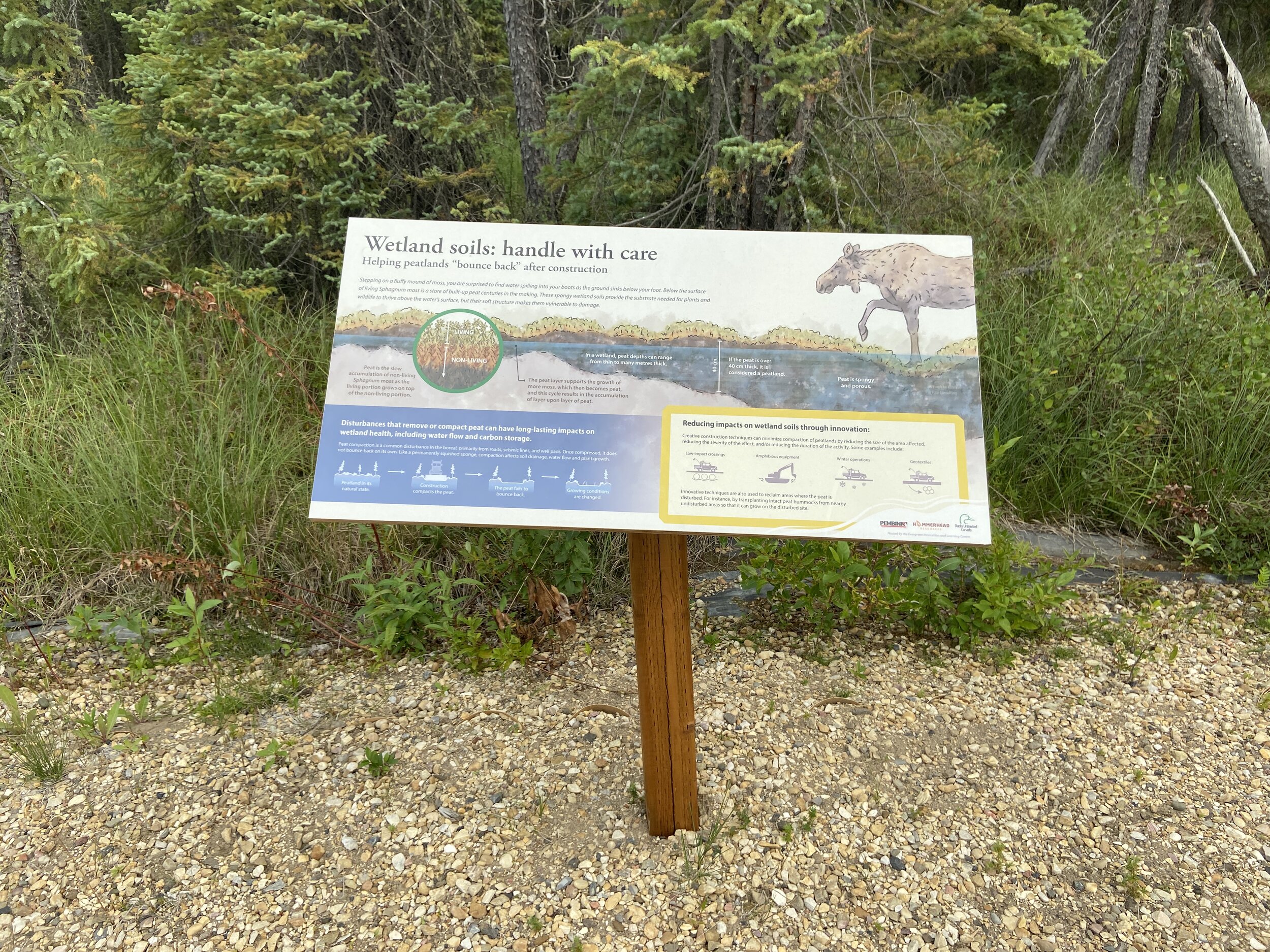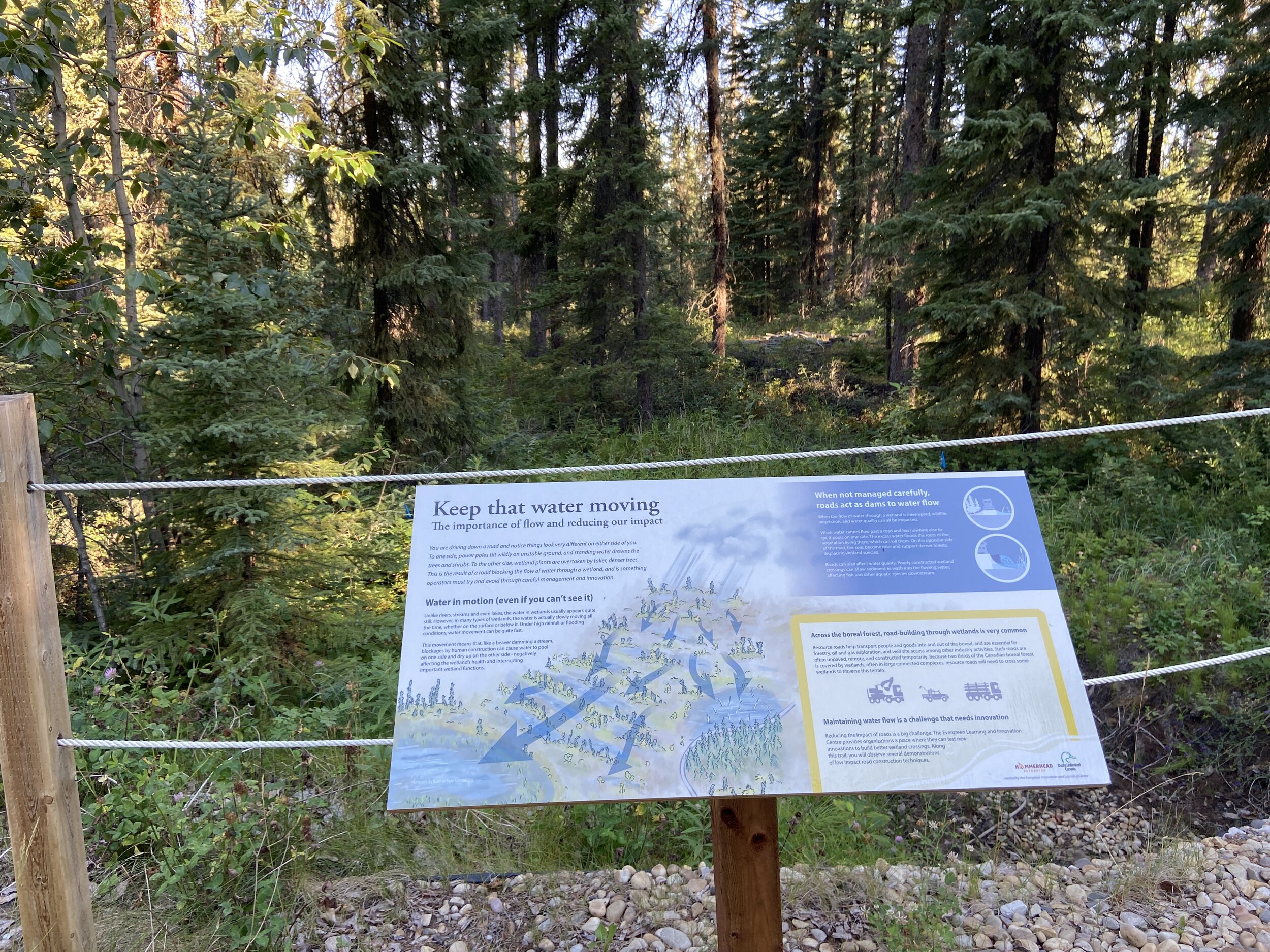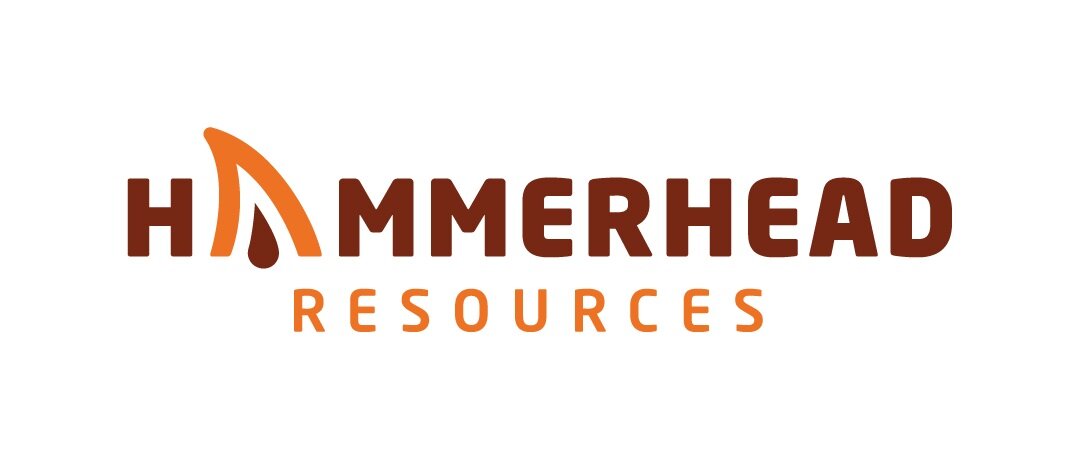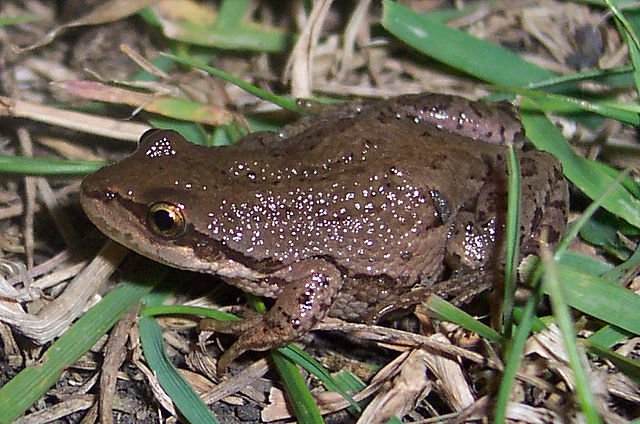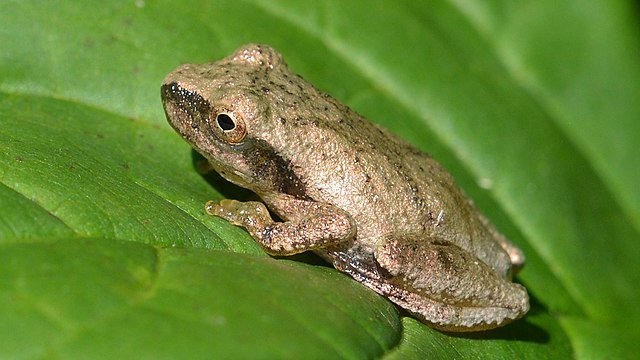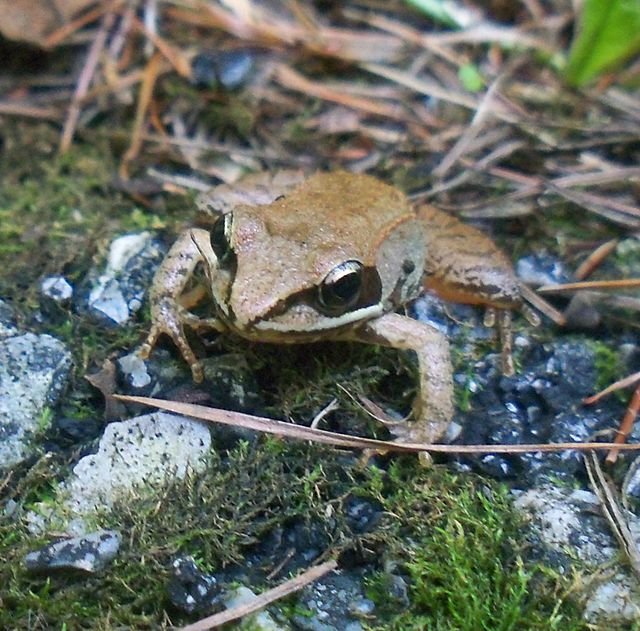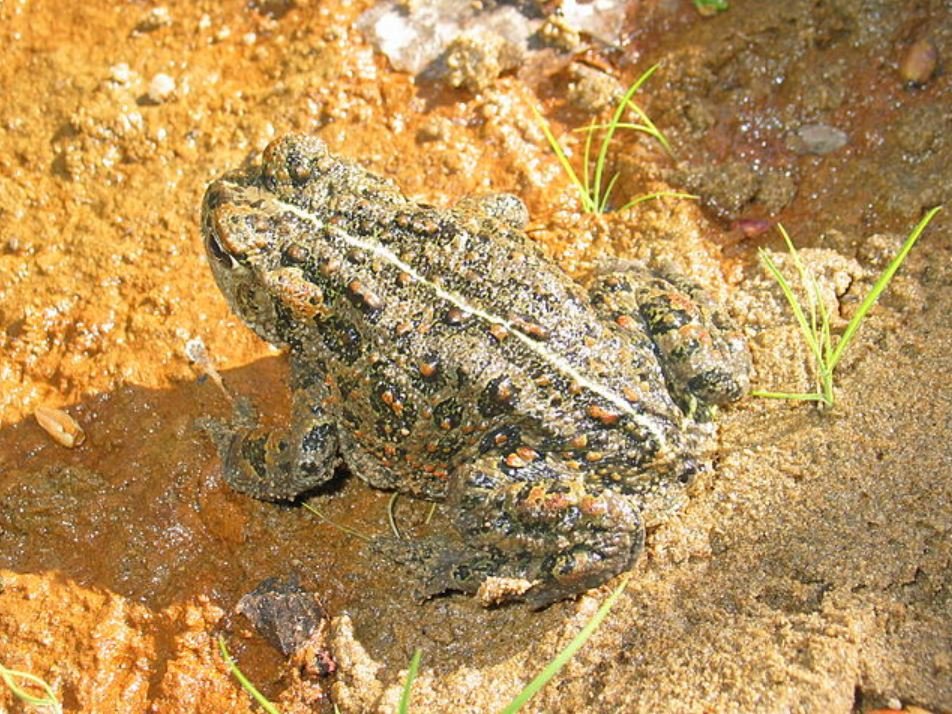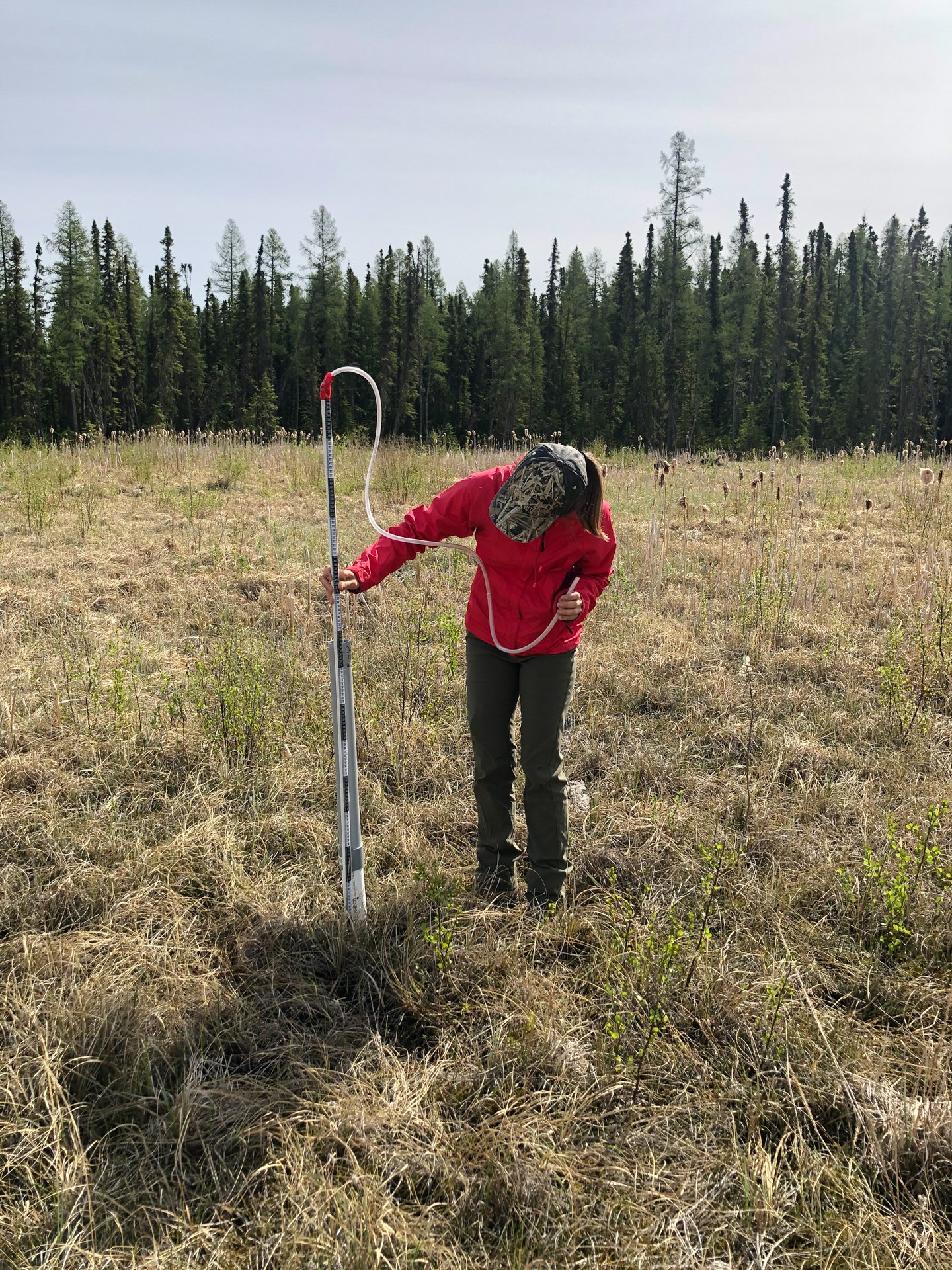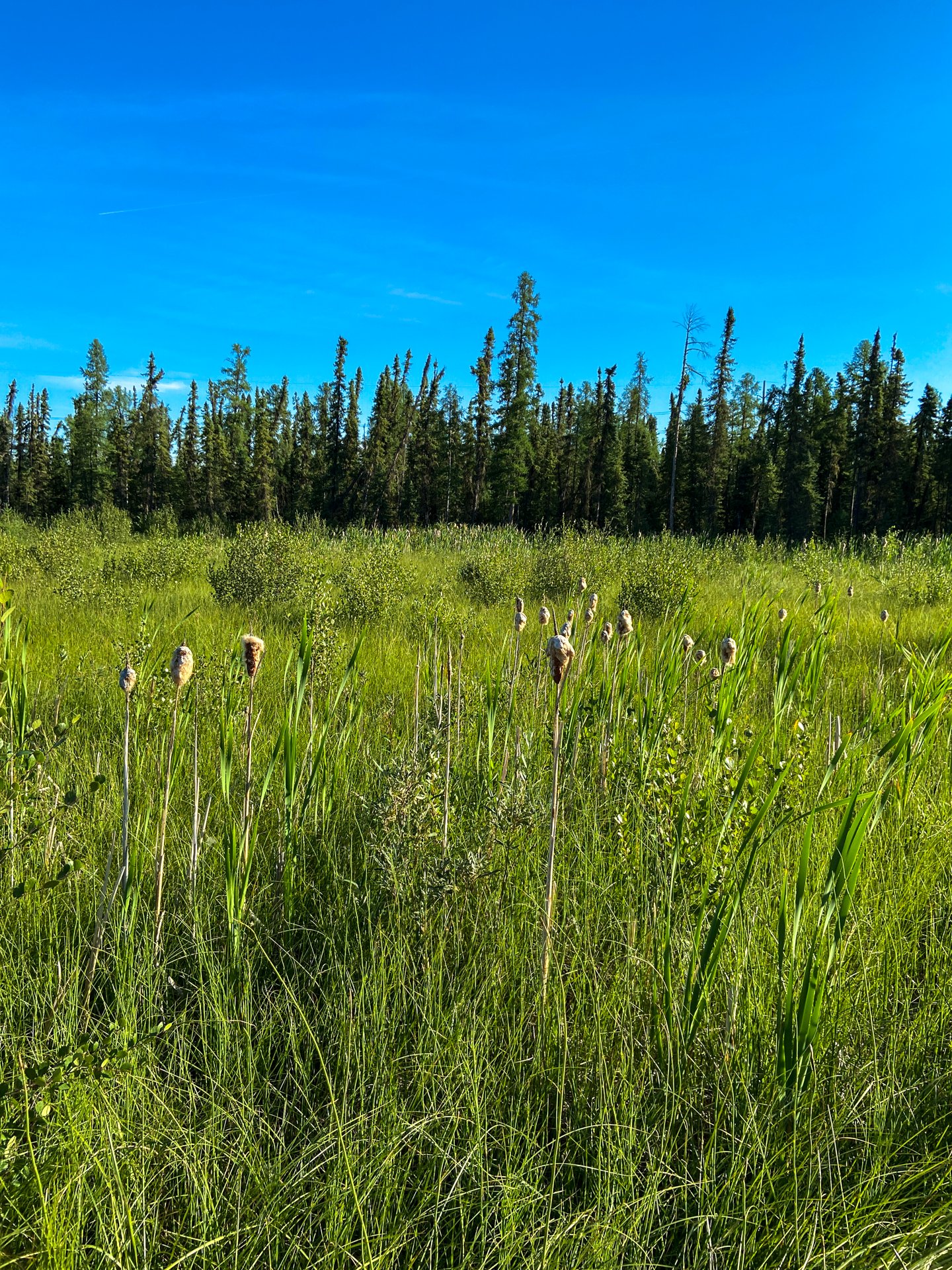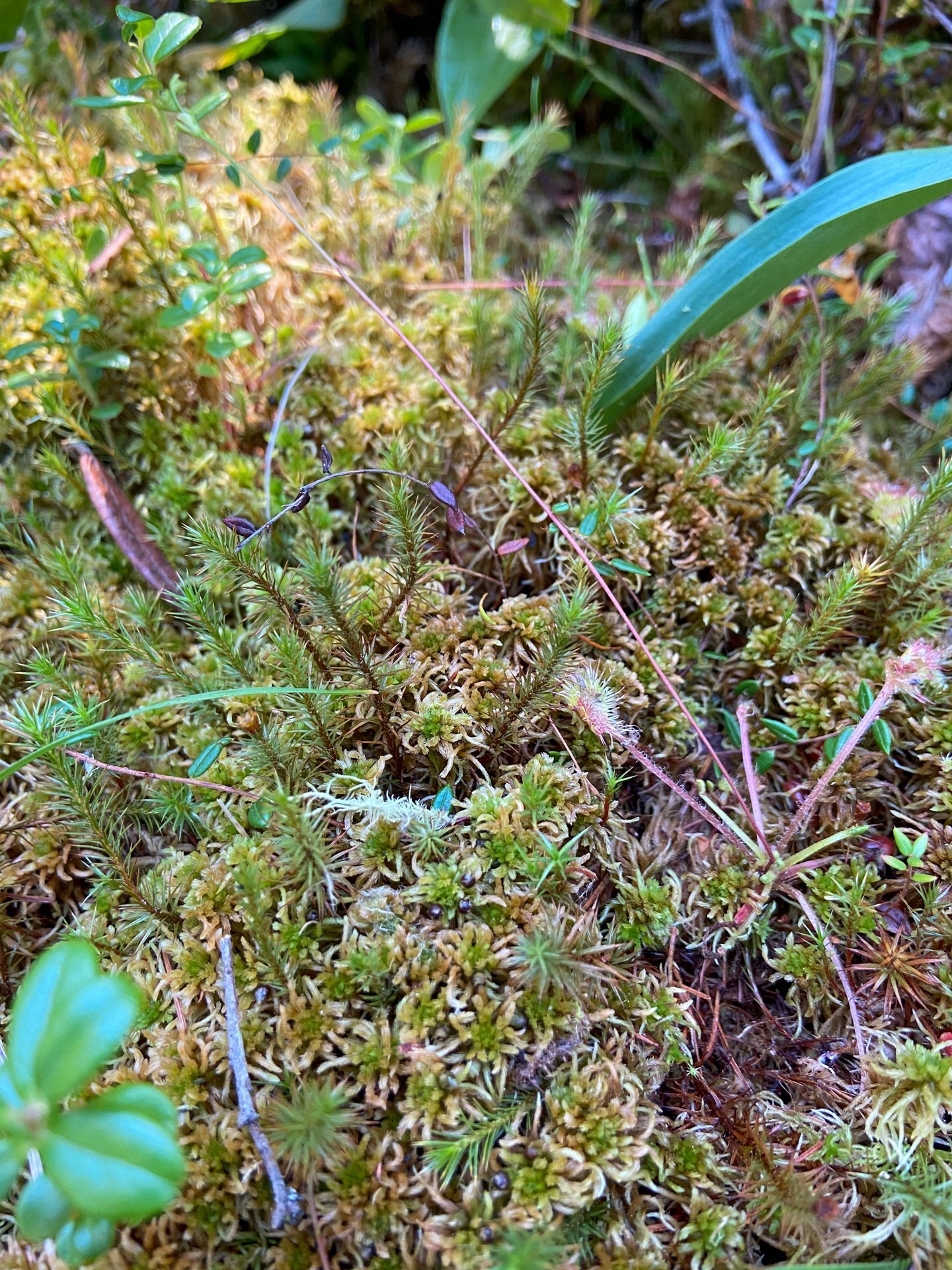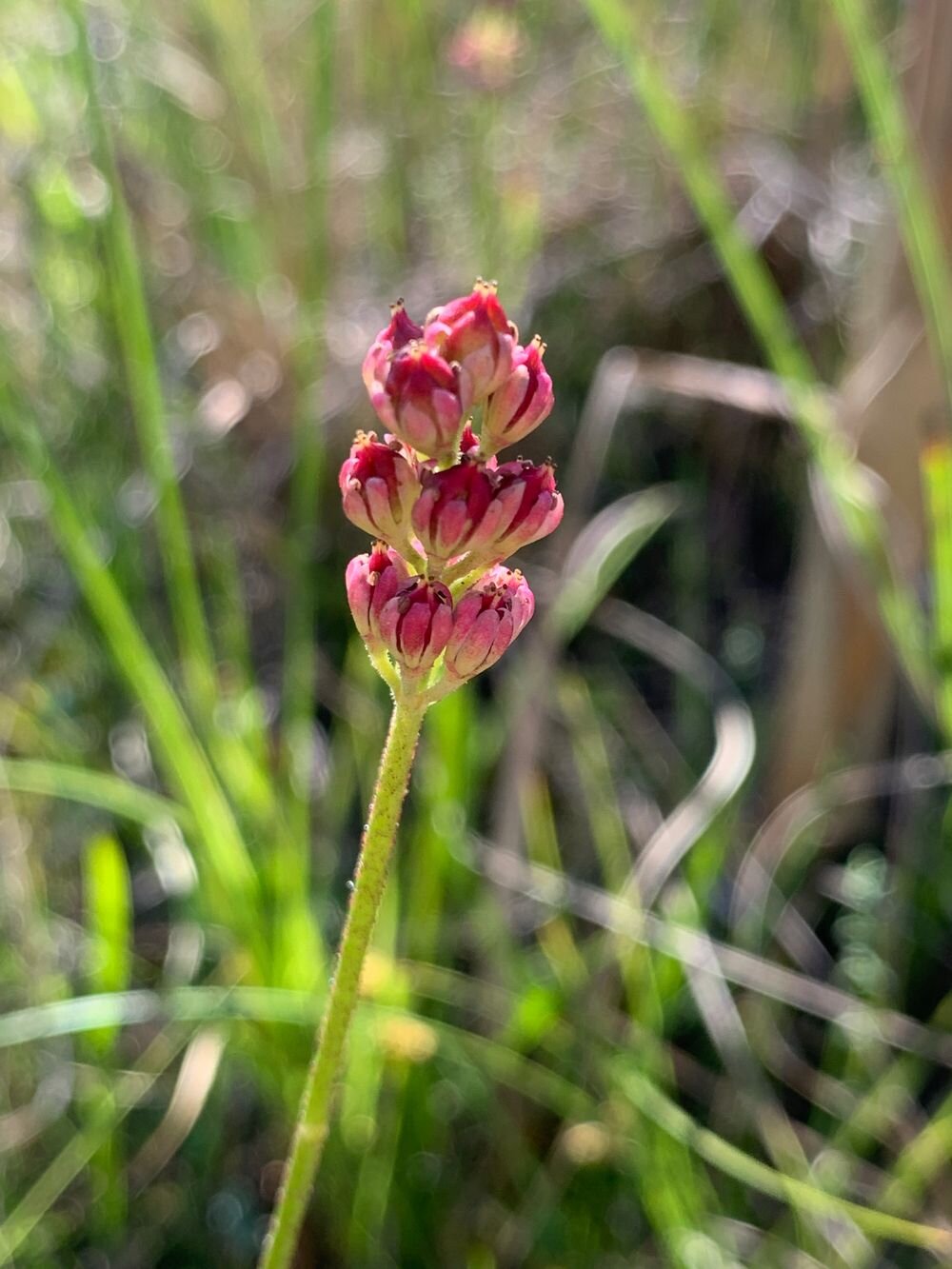BioBlitz Week 2024 Recap
/BioBlitz Week is officially over, and we want to thank everyone for coming out to the Boreal Wetland Centre (BWC) and helping make the week an amazing experience!
At BioBlitz, we had families out to the BWC over four days to participate in events such as Ecologist for a Day, Hydrologist for a Day, and Critter Dipping; which were a great way to get children outside and among nature! Topics covered included the different plants found in upland forests versus wetlands, how hydrology monitoring helps us predict and respond to environmental changes, and the impact aquatic organisms have on wetland health. We found lots of critters including frogs, weevils, mosquito larvae, beetles, and ants.
We also facilitated a talk titled “Connecting with Nature”, led by Two-Spirit Indigenous Researcher & Methodologist Jaylenn Tourangeau. They read through the book “Treaty Words: For As Long As the Rivers Flow” by Aimée Craft, discussed how we see ourselves in nature, and the role wetlands plays in Indigenous culture.
BioBlitz also dedicates an event for the homeschool community. This year, we ran an experiment focused on water drainage and filtration in the upland forest compared to the wetland. Using gravel, sand, peat, and clay, the homeschool kids could come up with their own hypothesis and run the experiment to see how fast water flows through the different materials.
Overall, it was great to get people out to the BWC for the first time and introduce everyone to the different programming we offer! If anyone is interested in our volunteer opportunities, we are always looking for volunteers for our Hydrology Monitoring Project, where people can come out to the BWC and help track groundwater levels. Please reach out to Kailee Goertzen (k_goertzen@ducks.ca) for more information on our volunteering and future events or check the What’s Onsite? section of our website.
Some fun flora and fauna we found on-site throughout the week:




